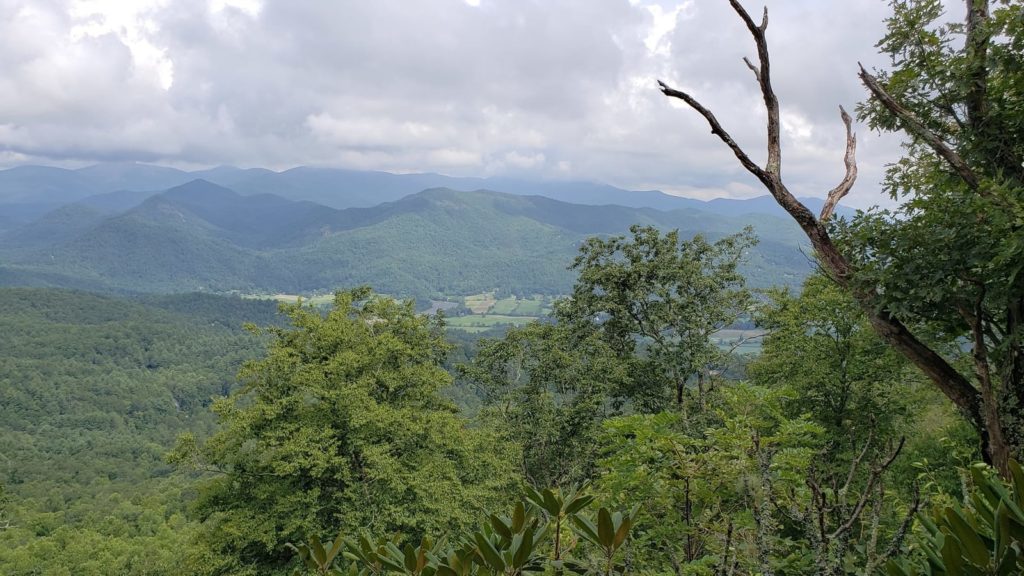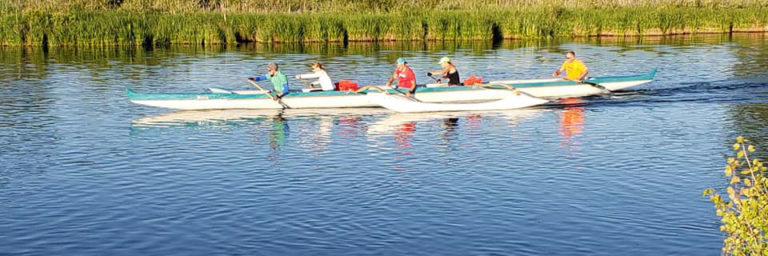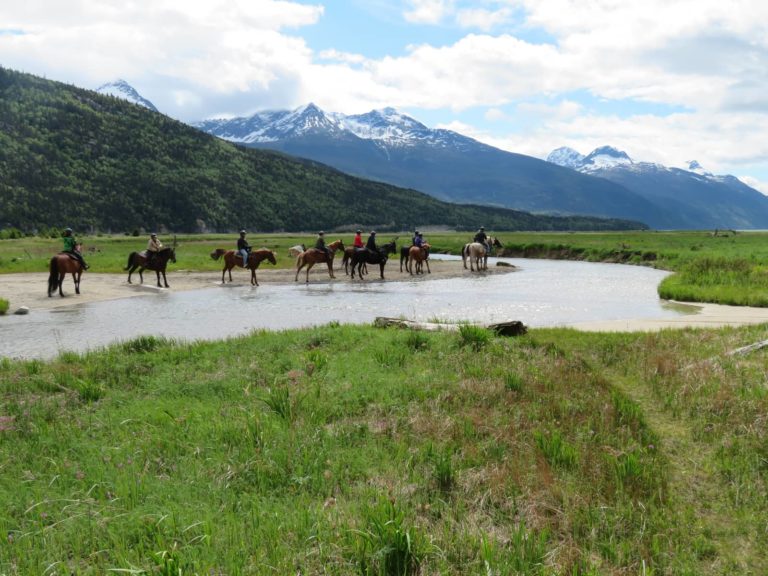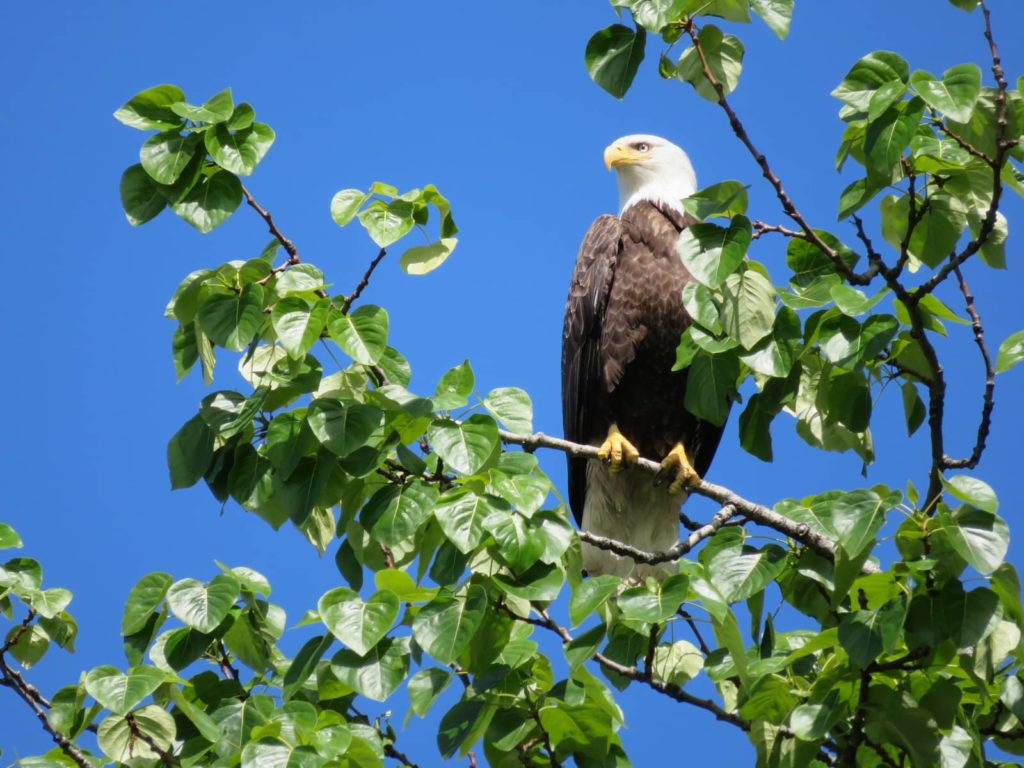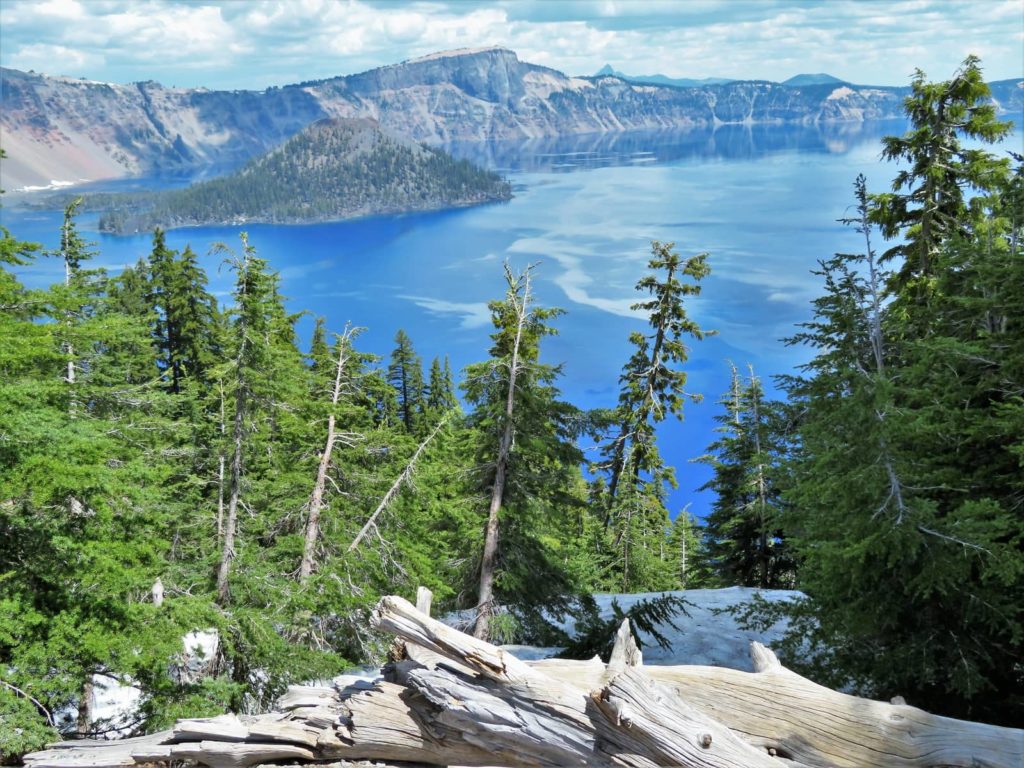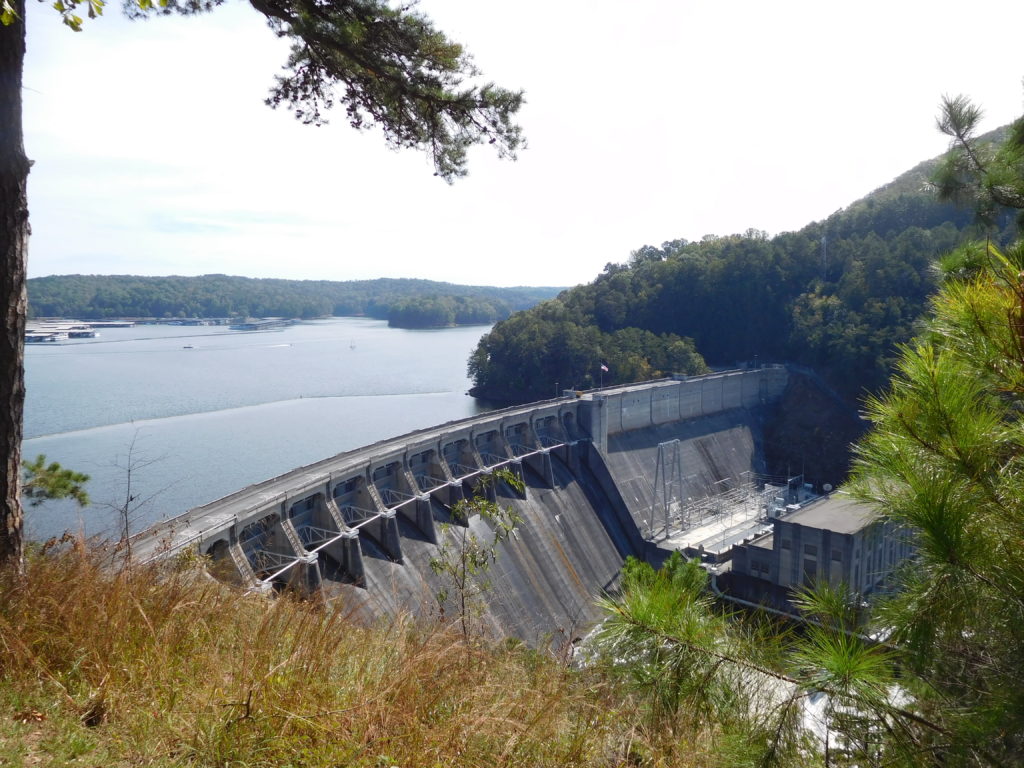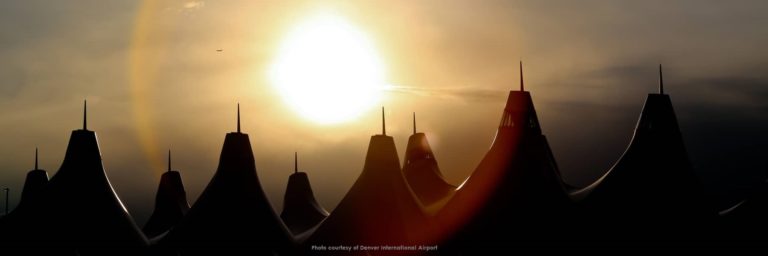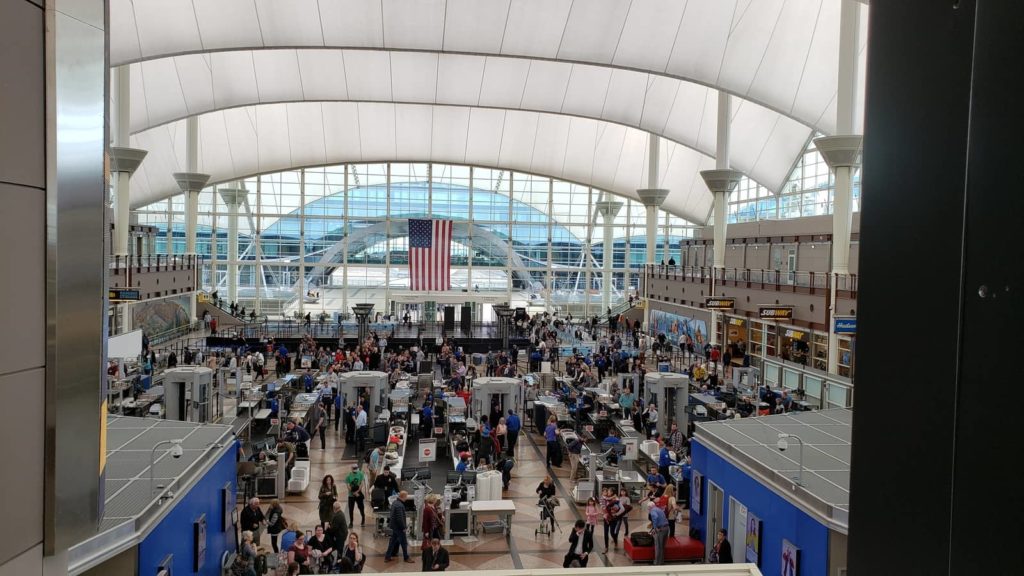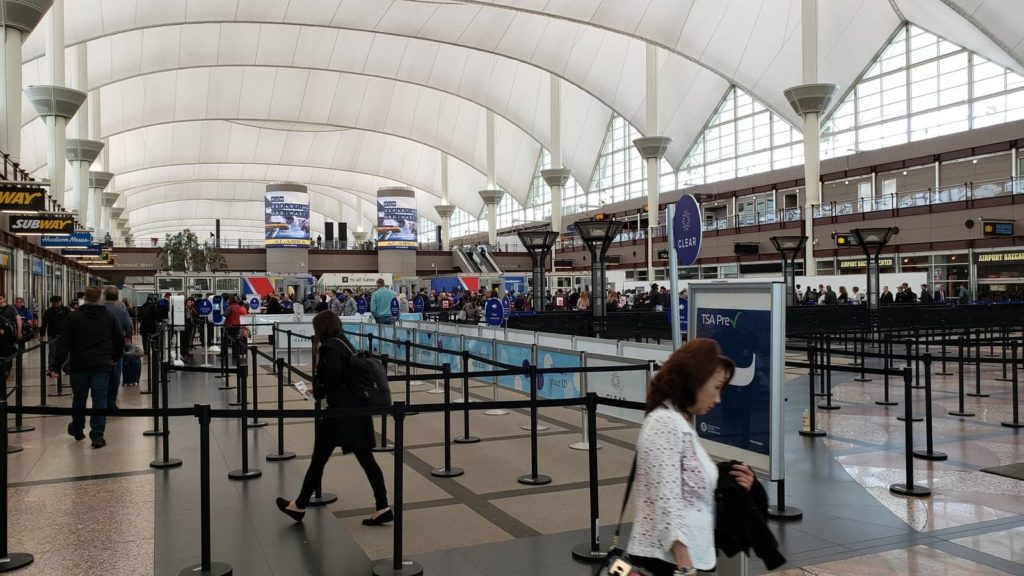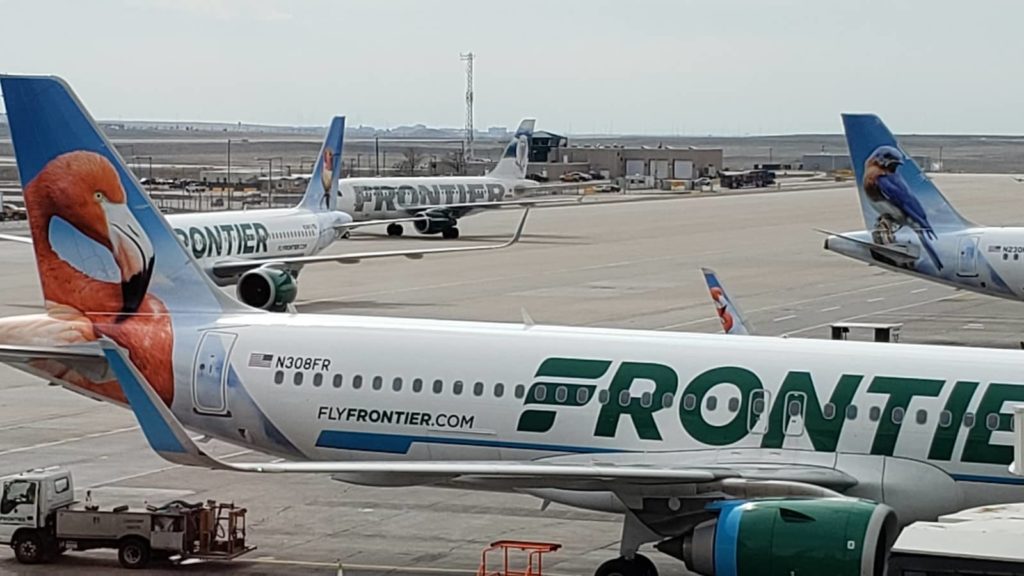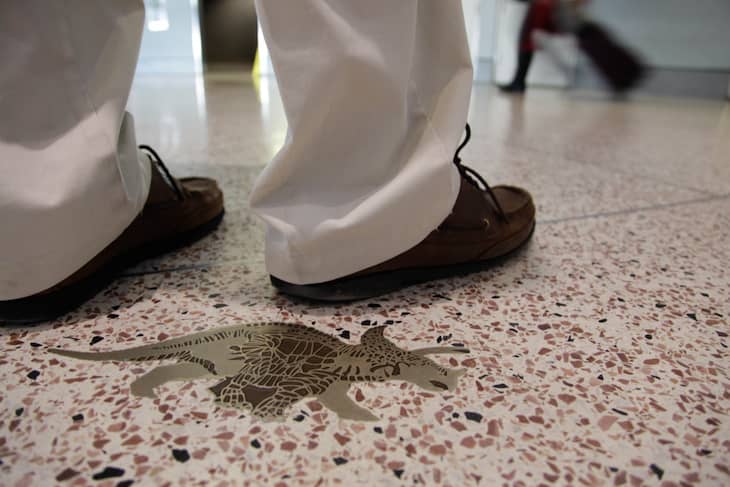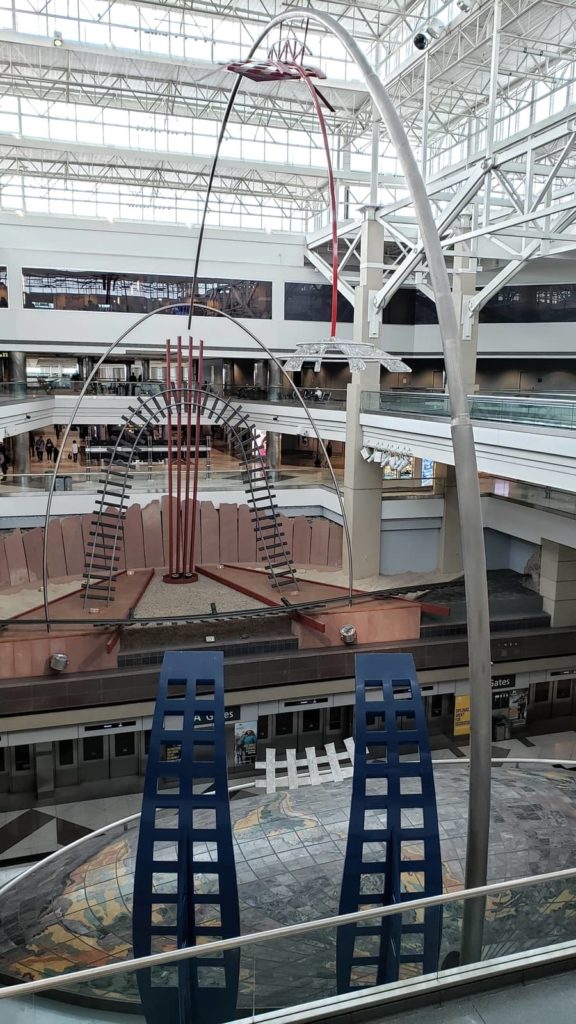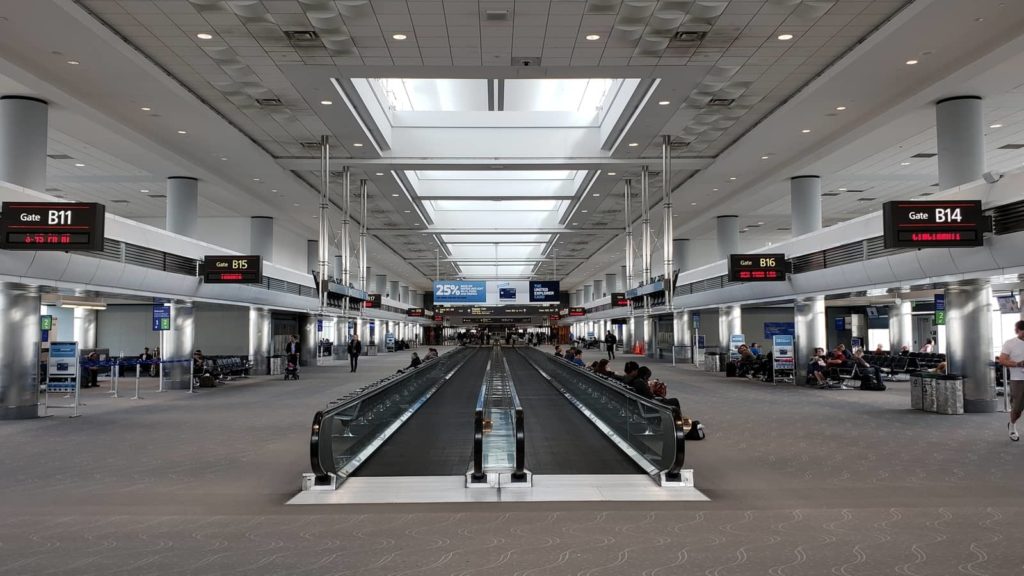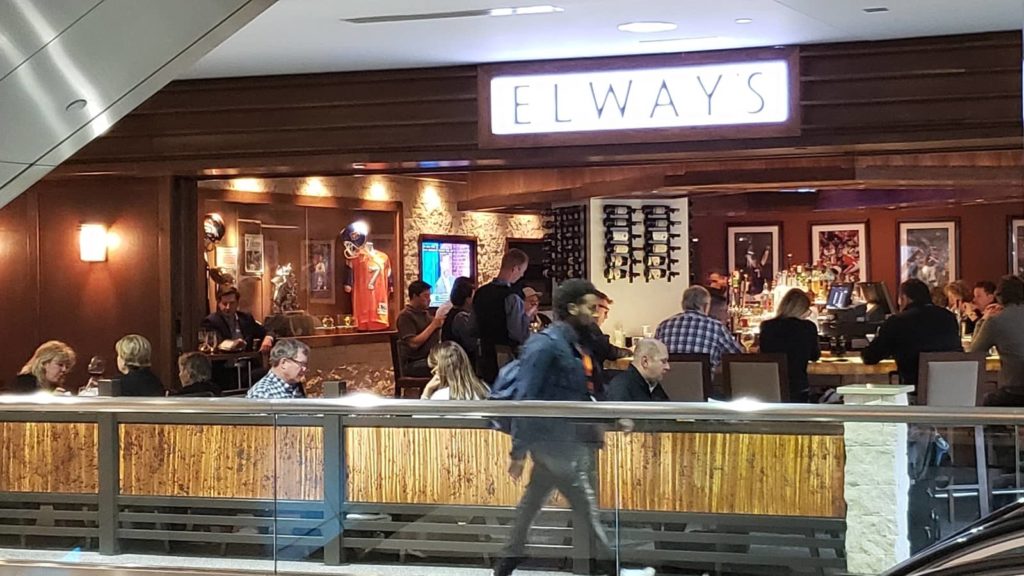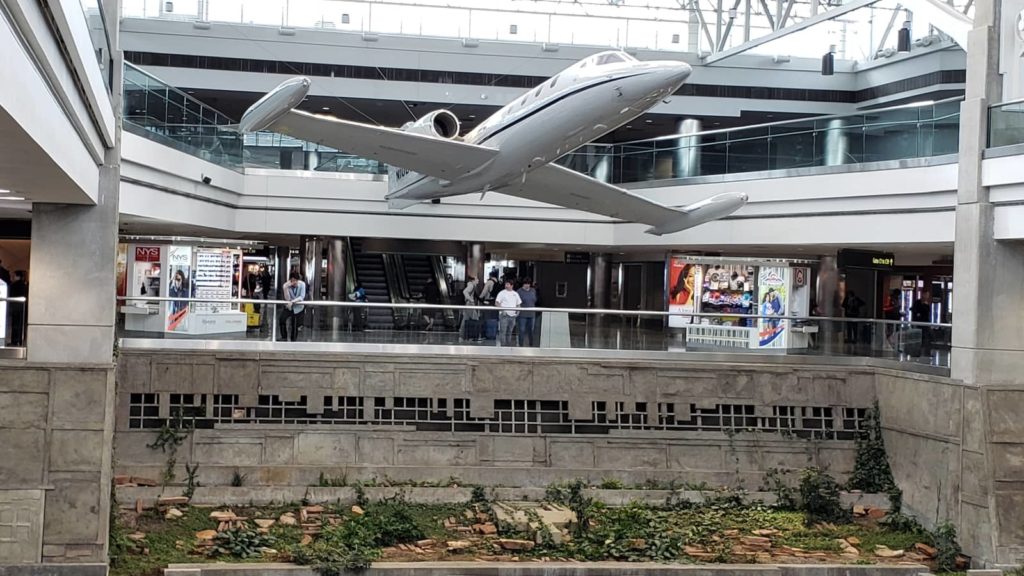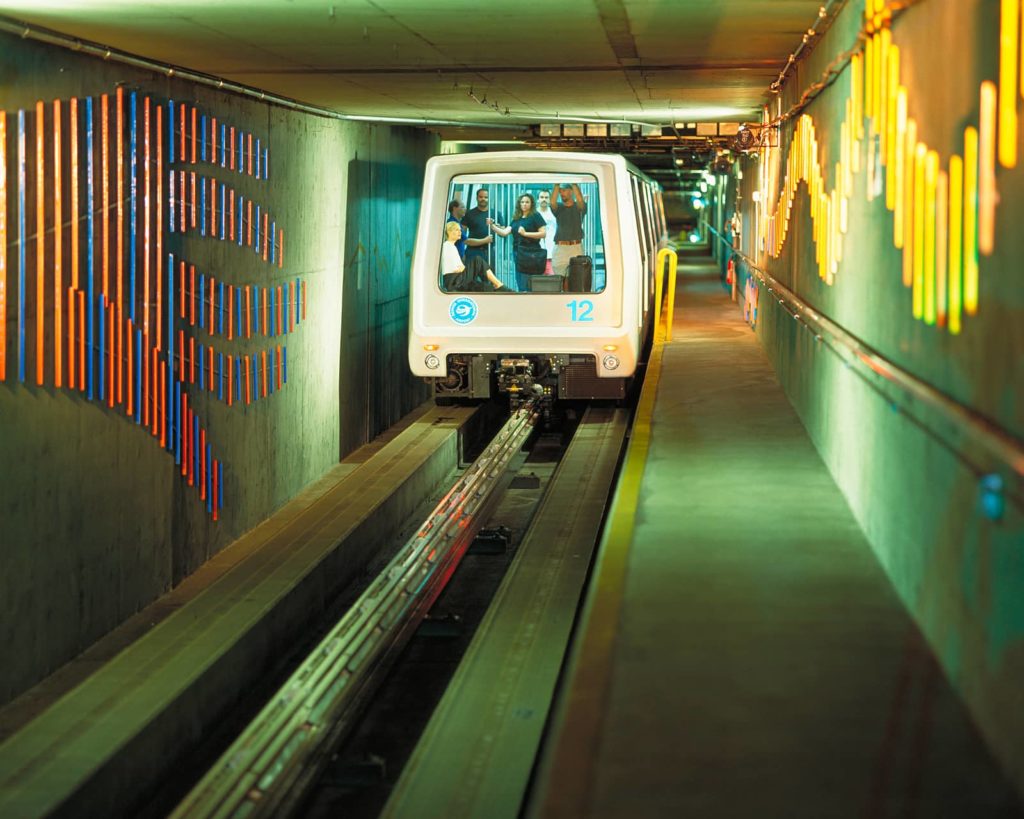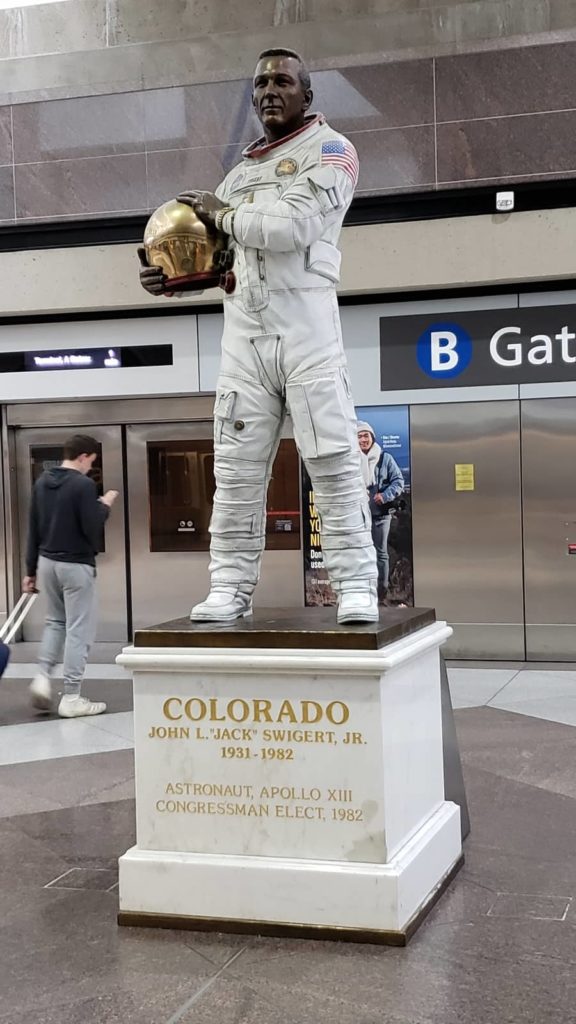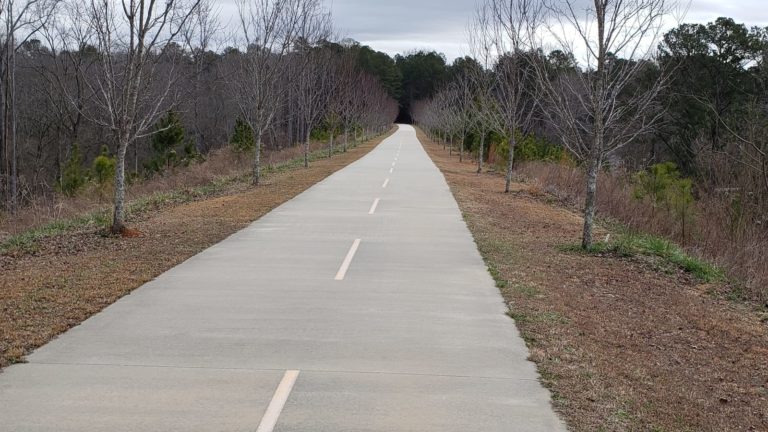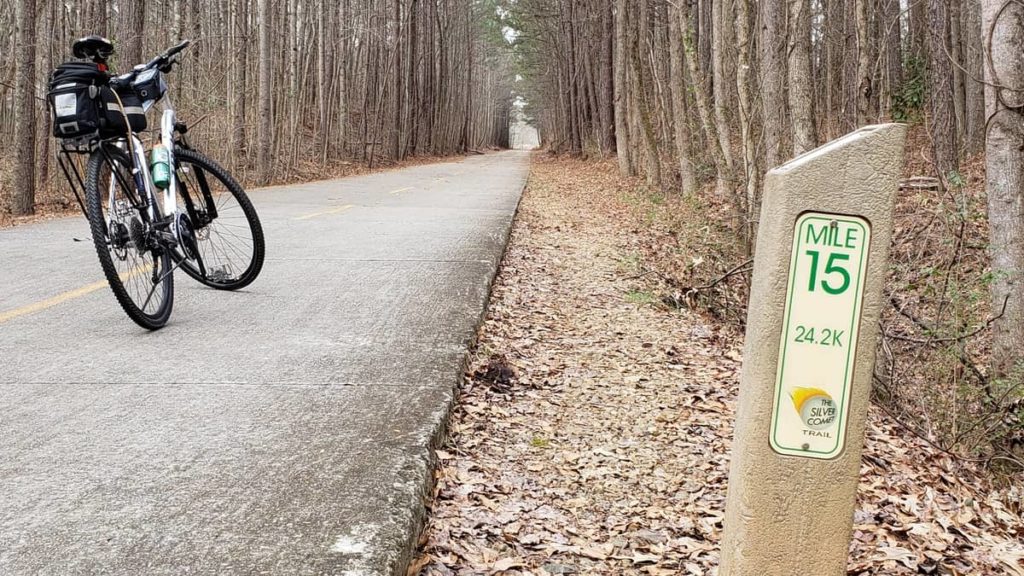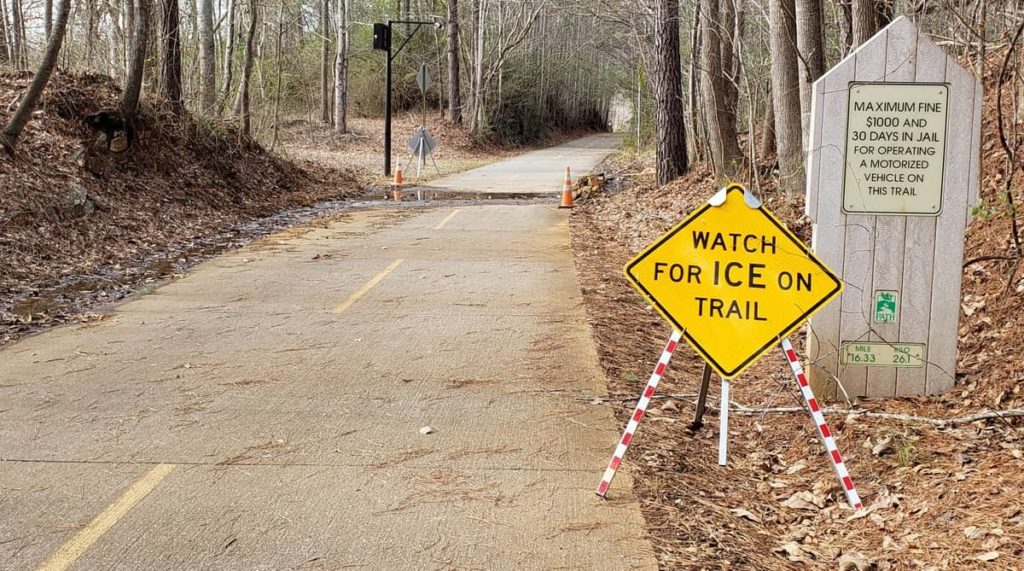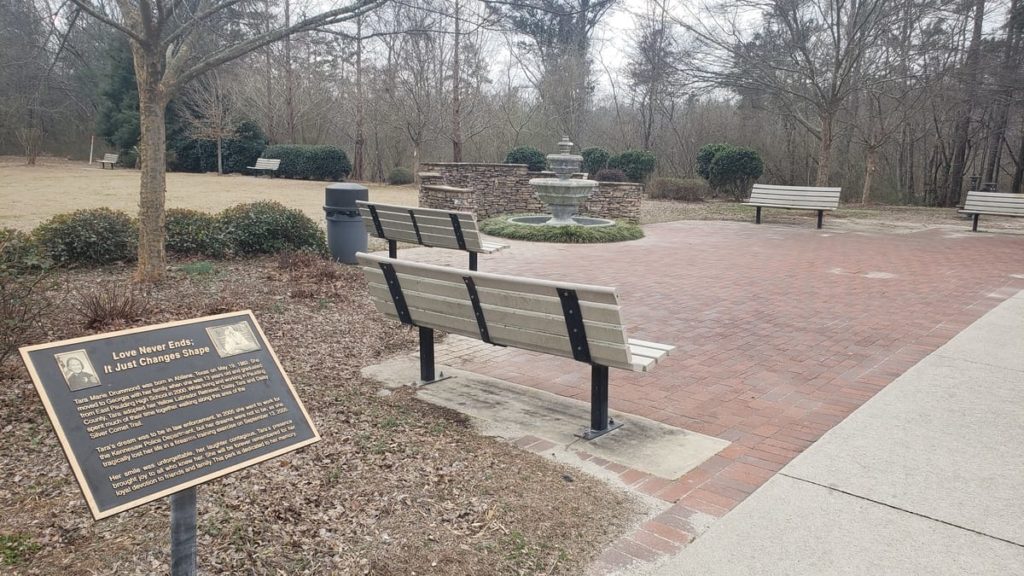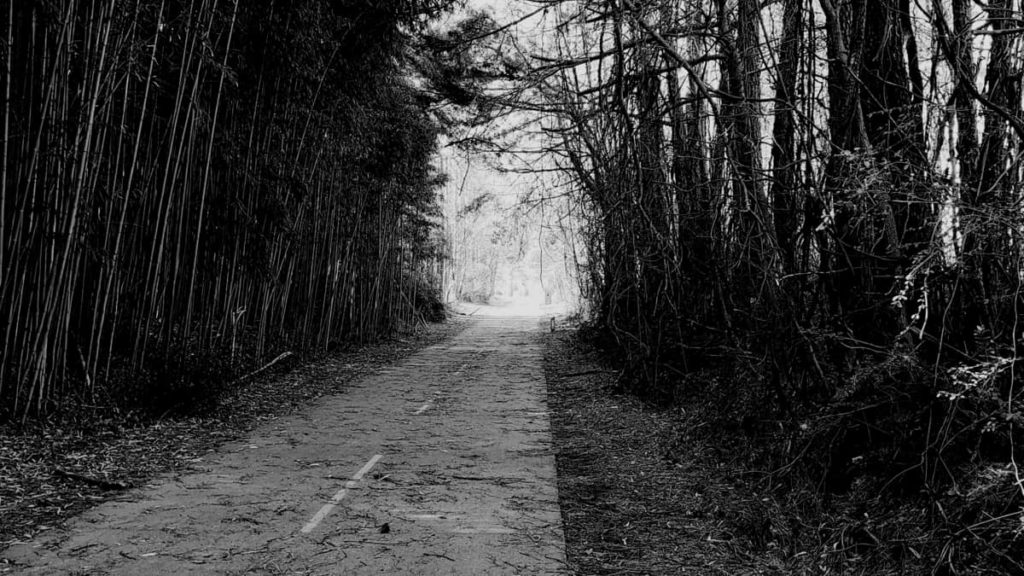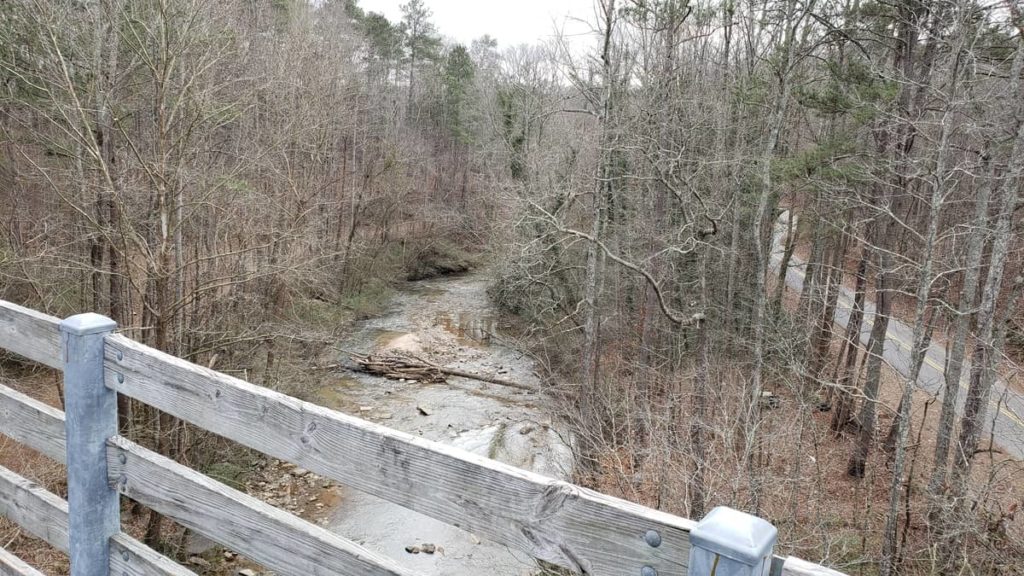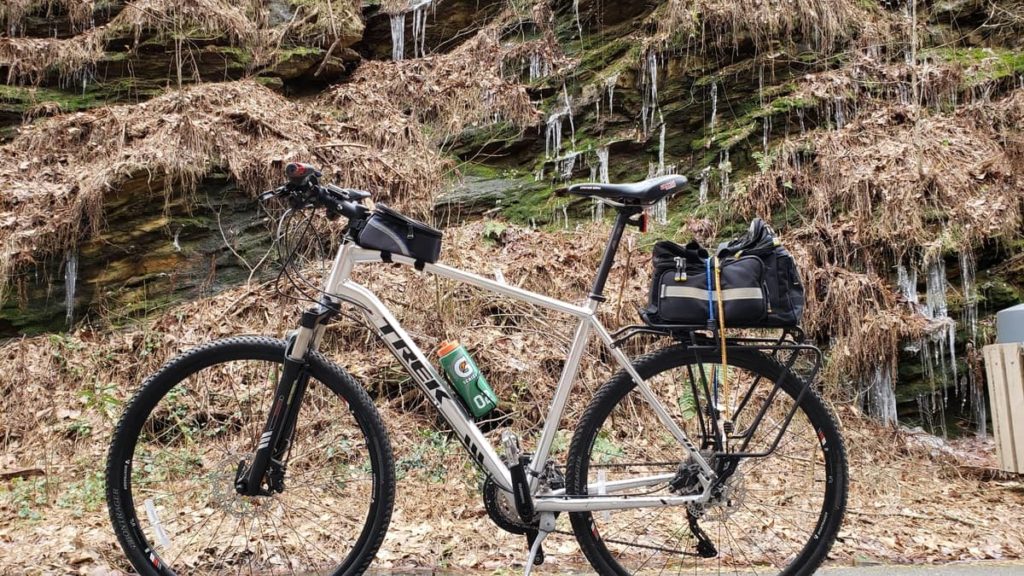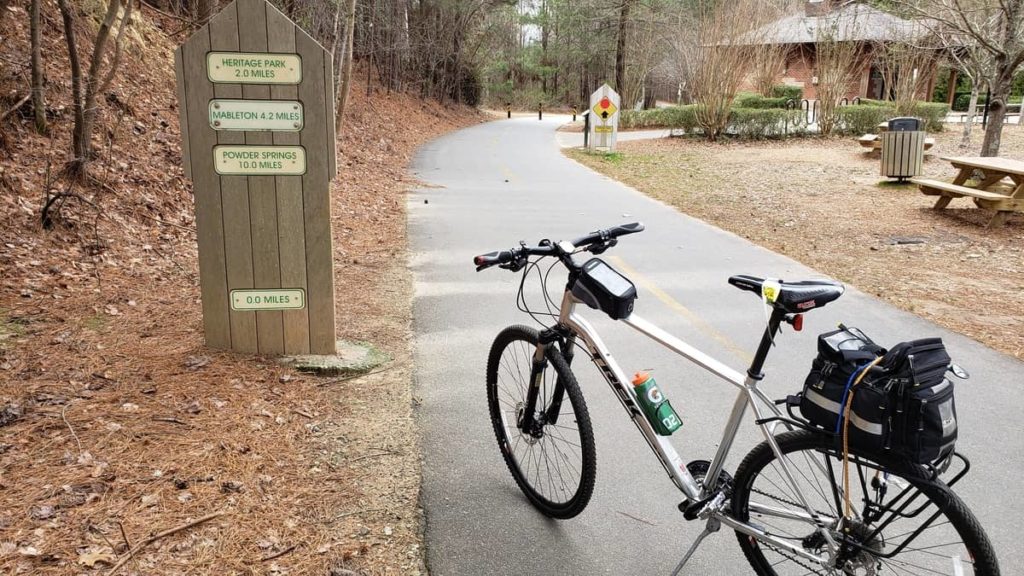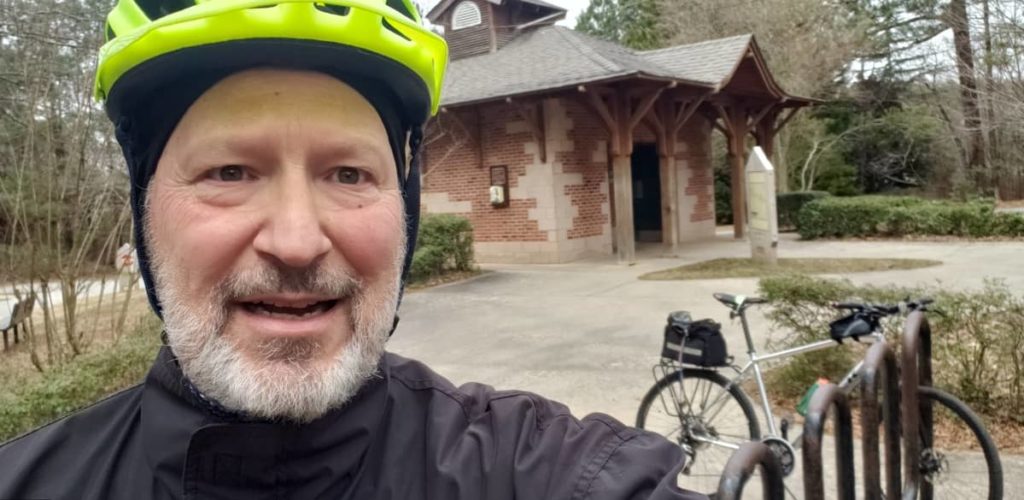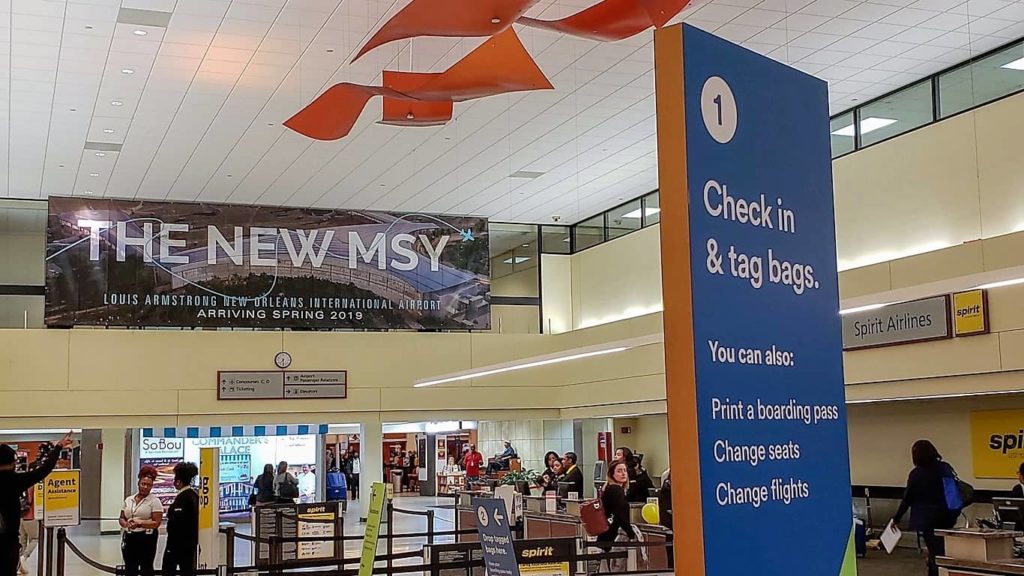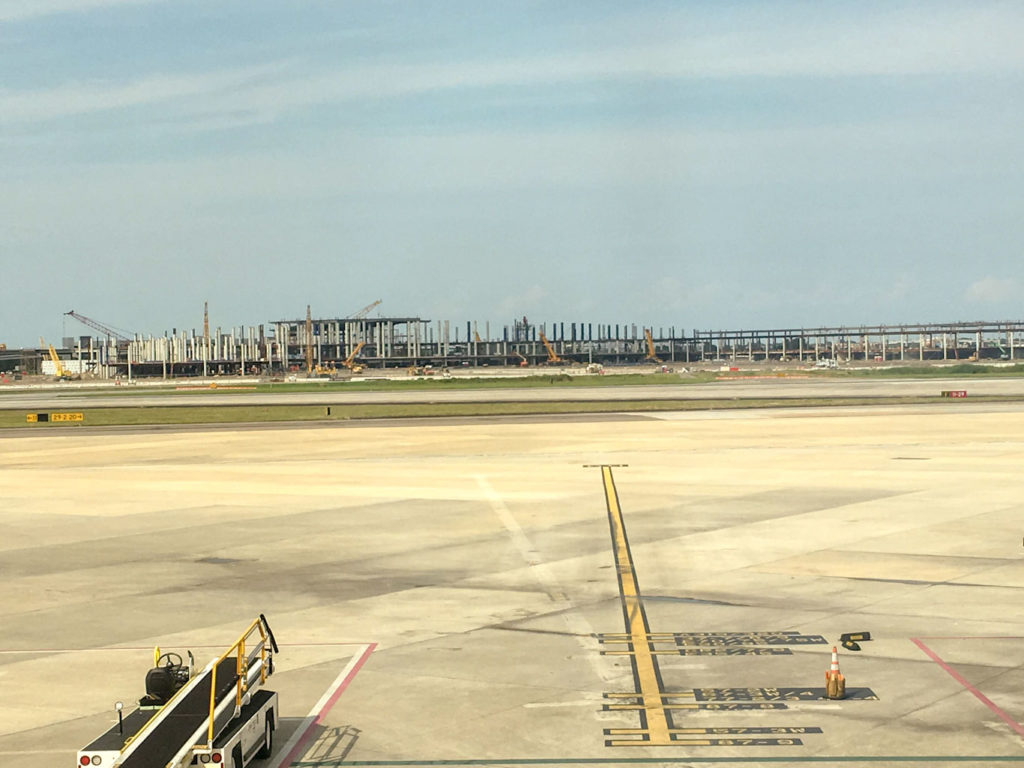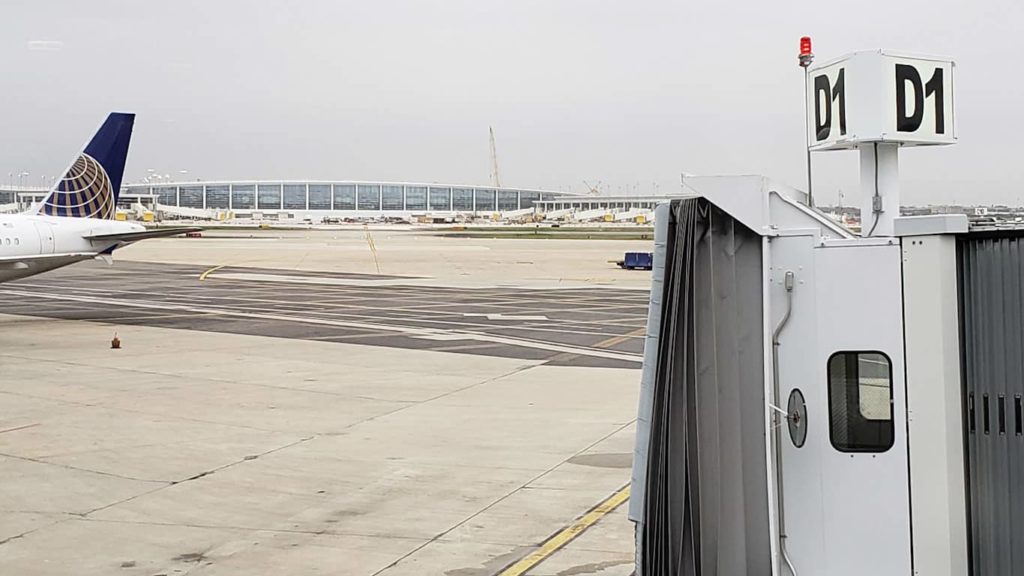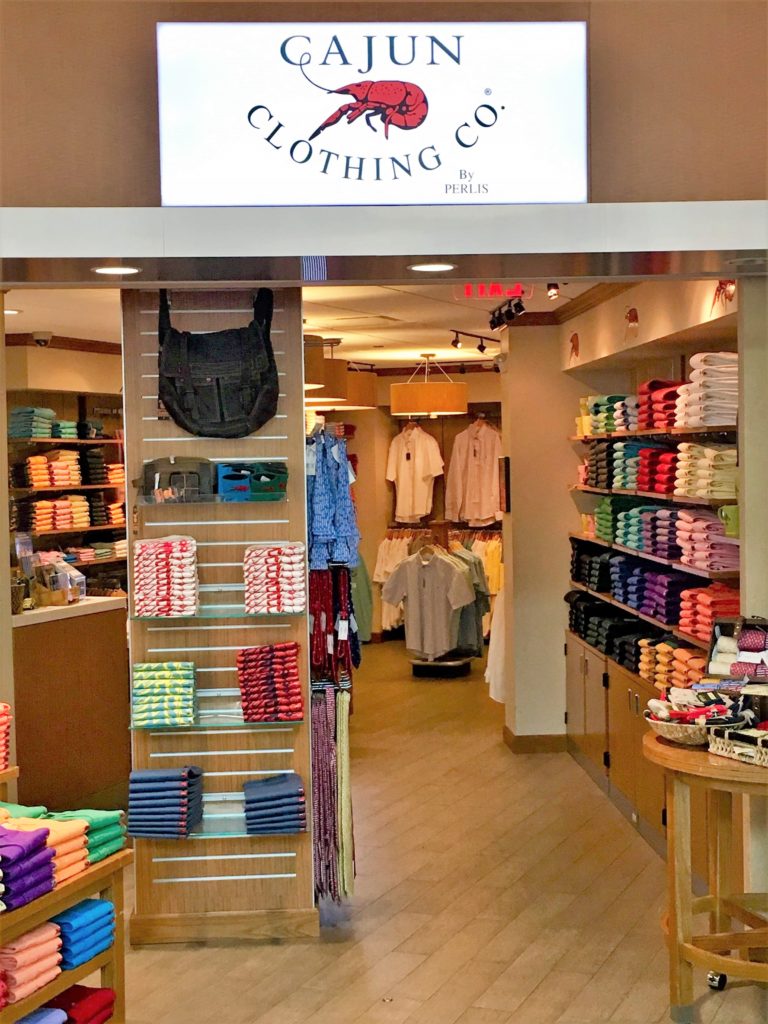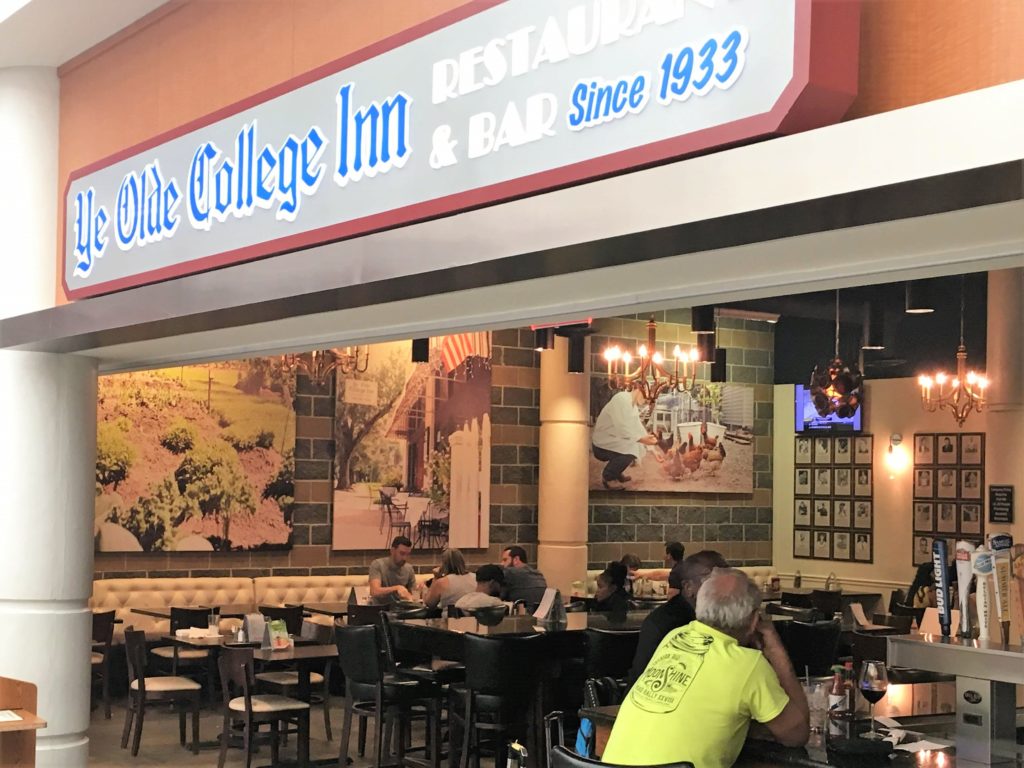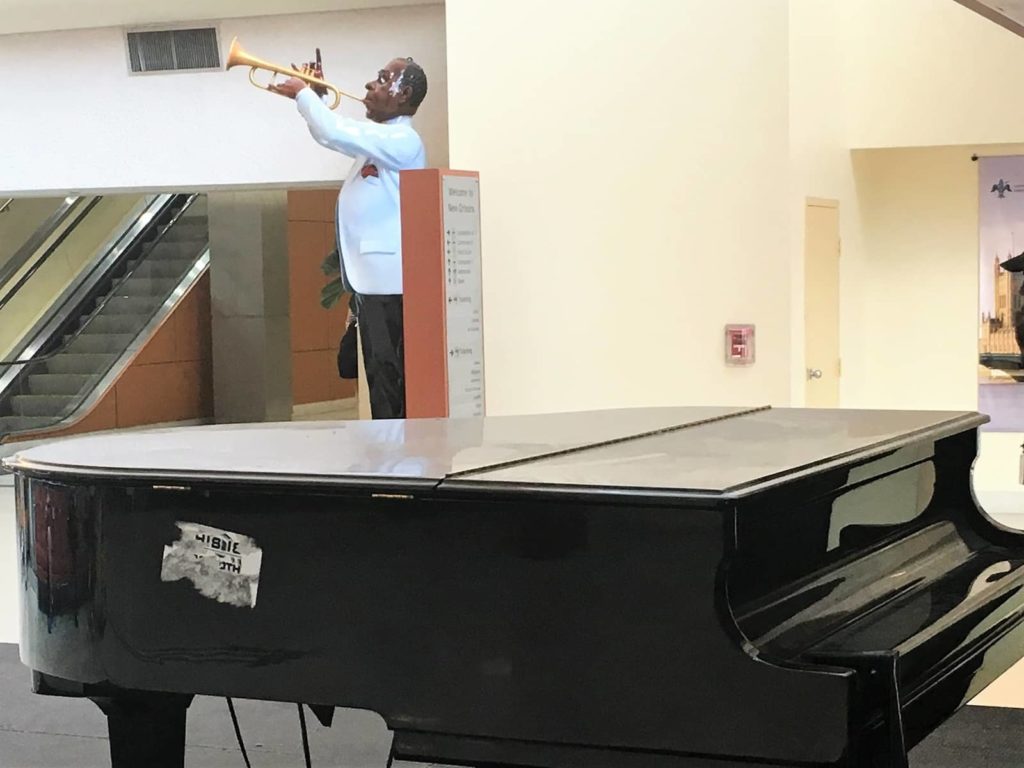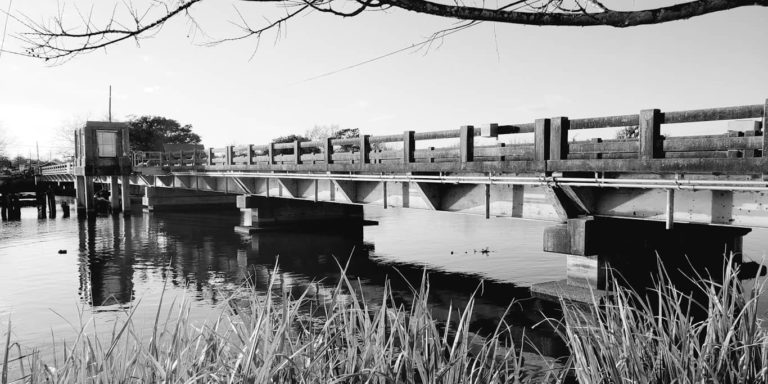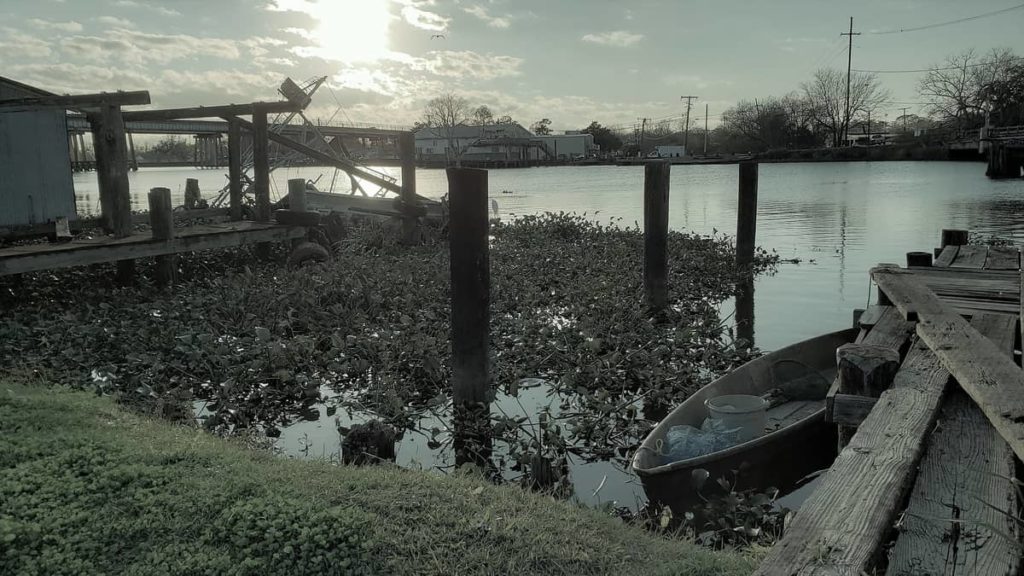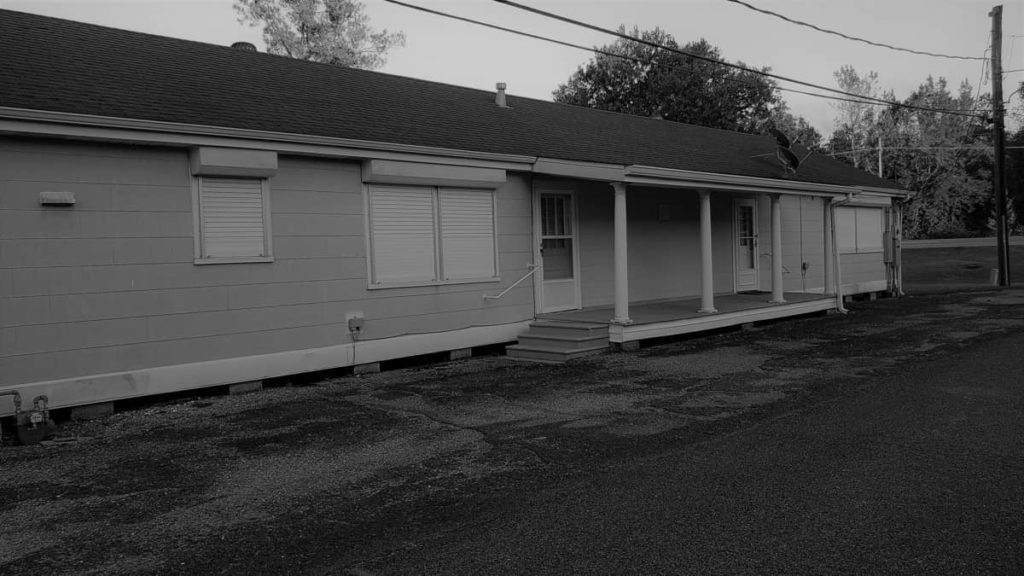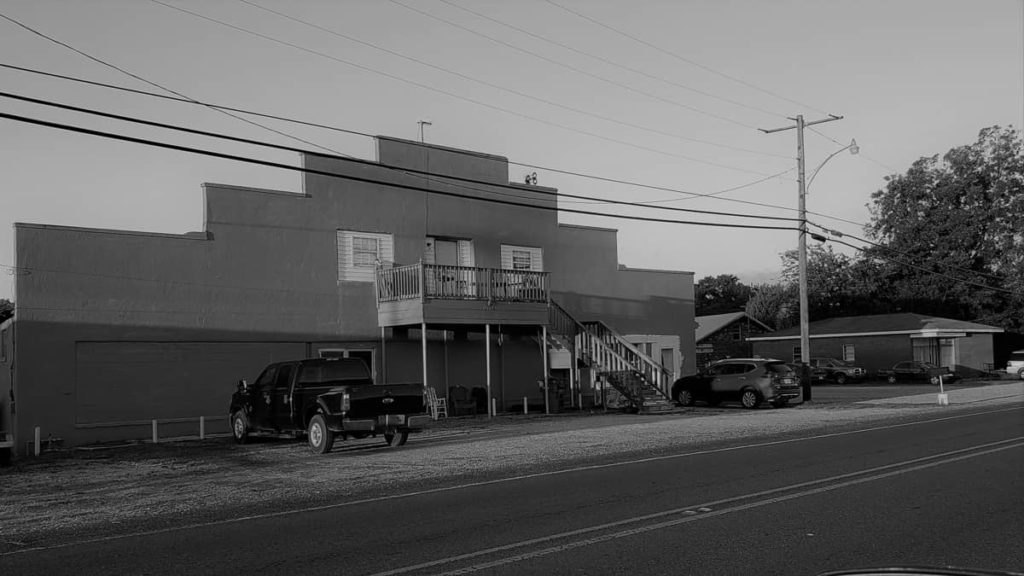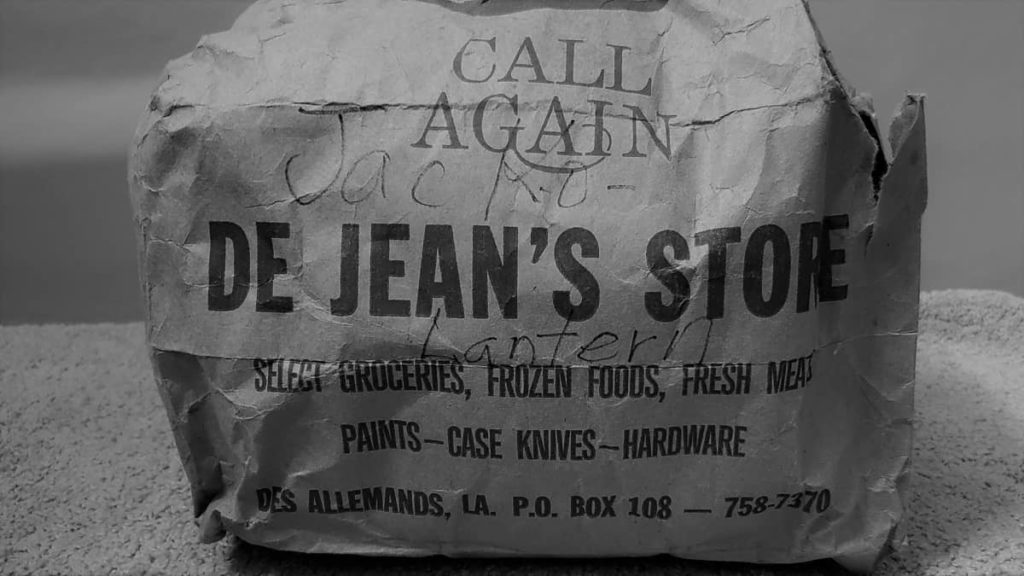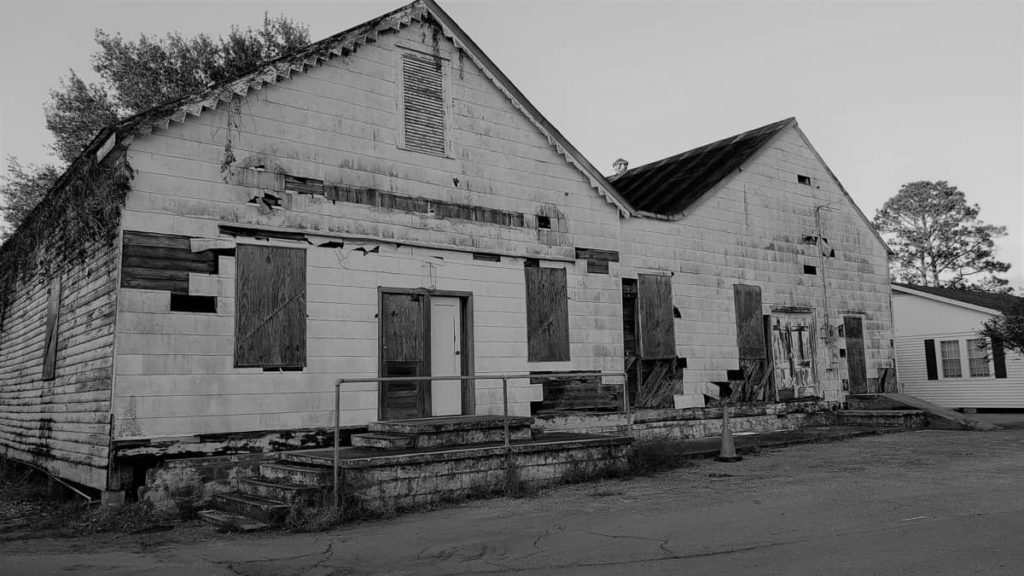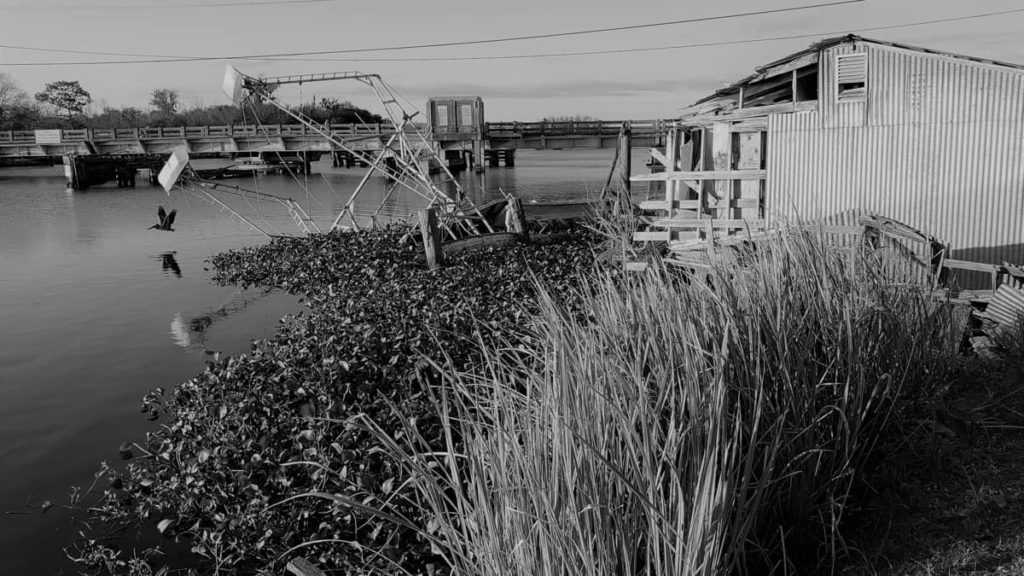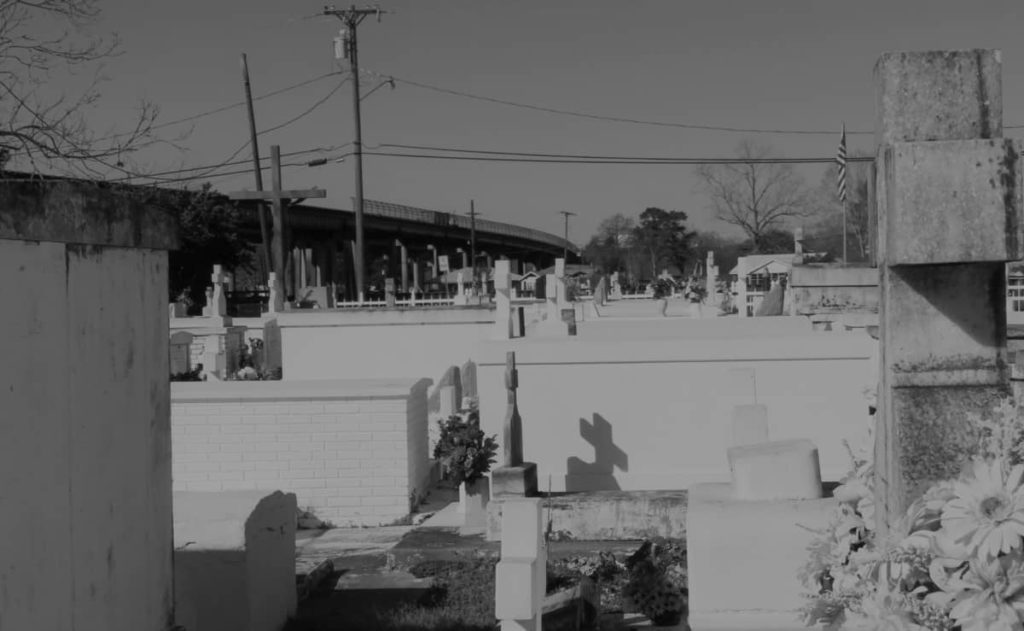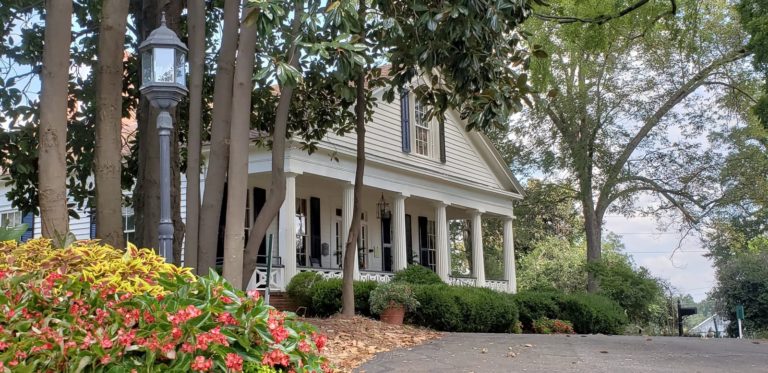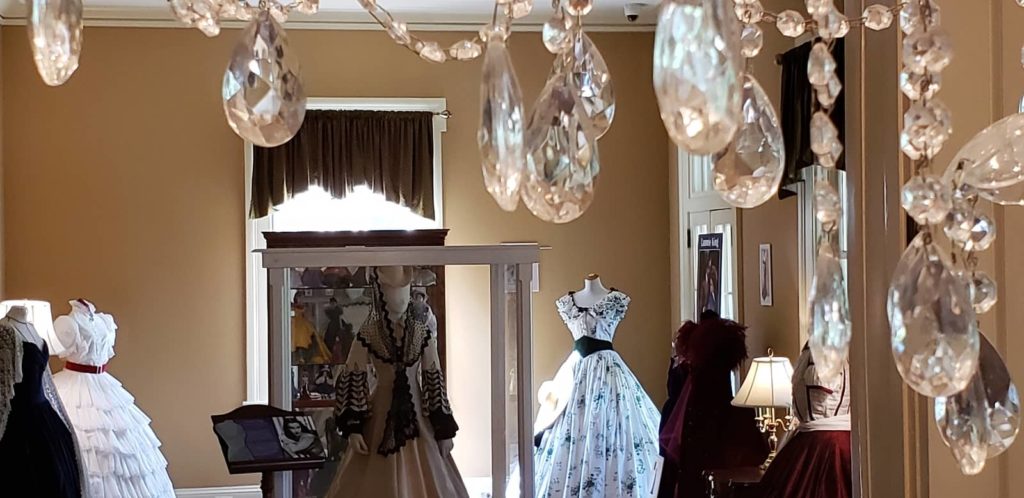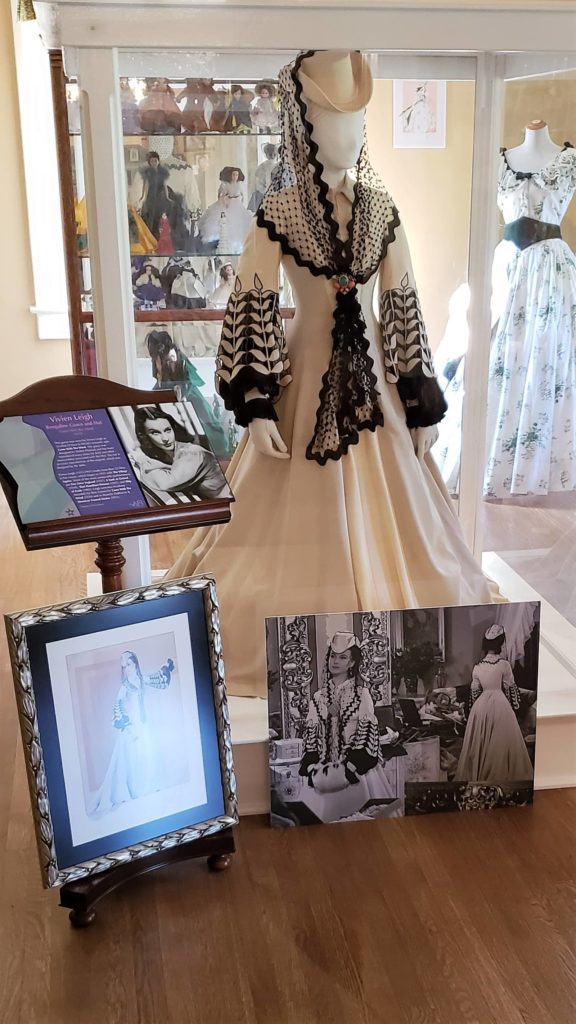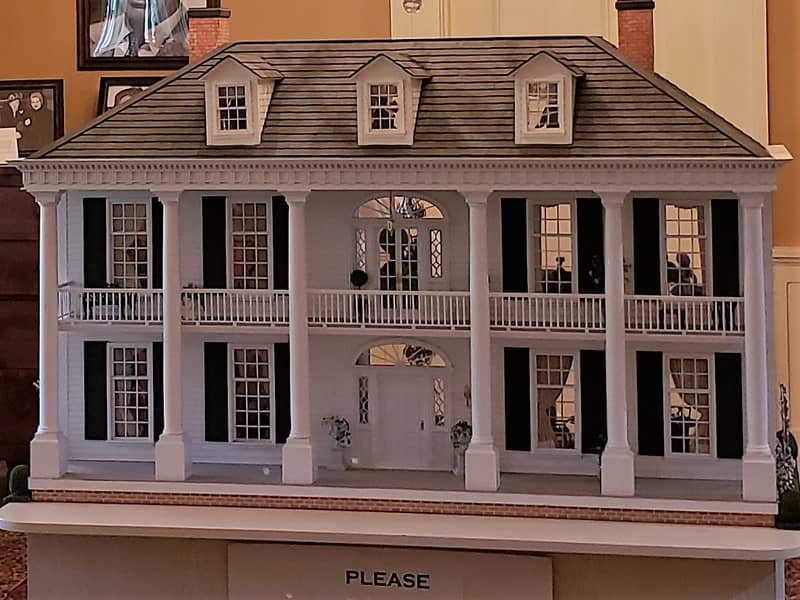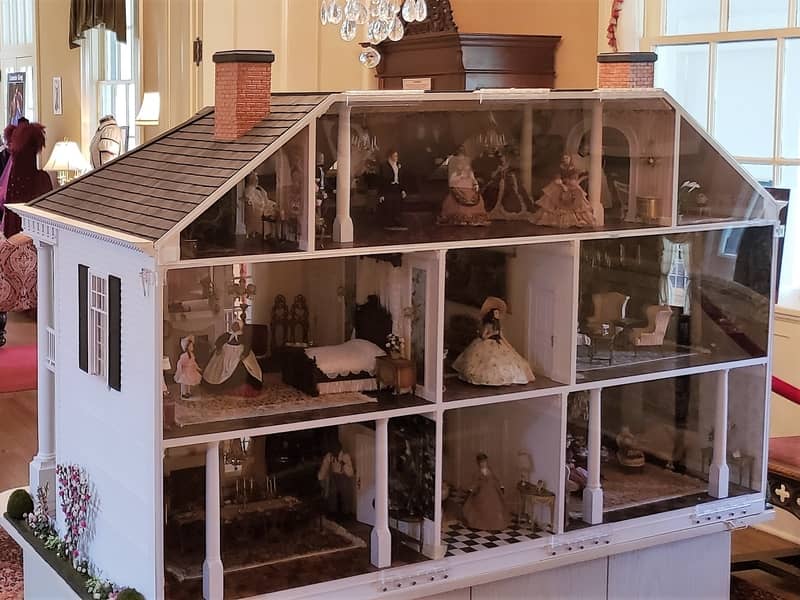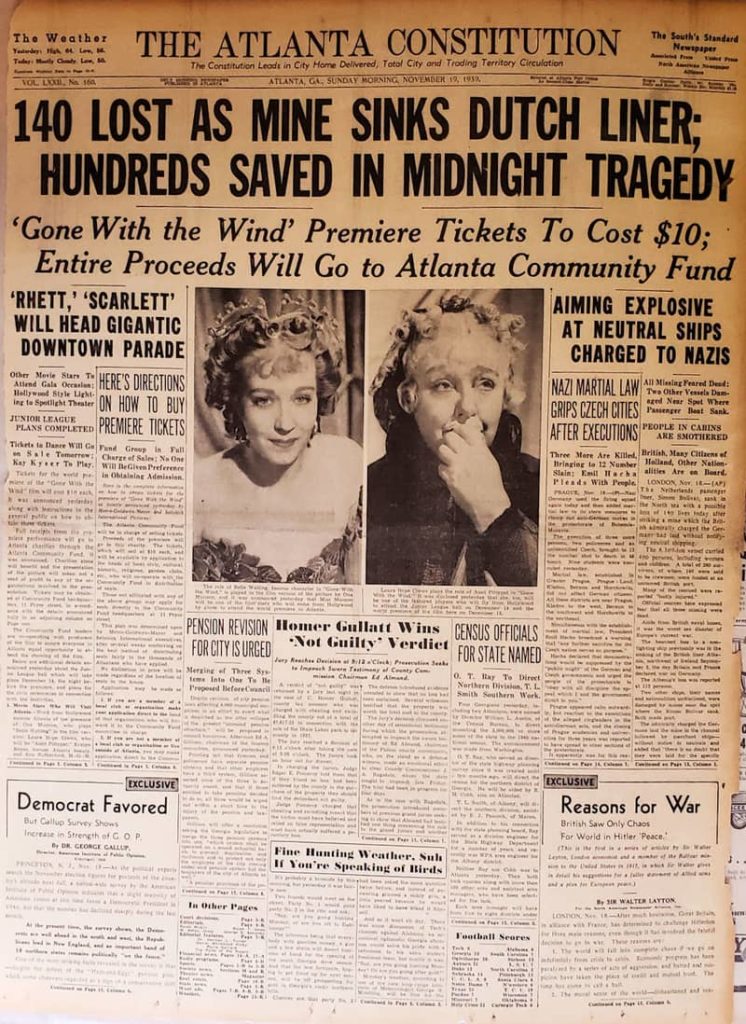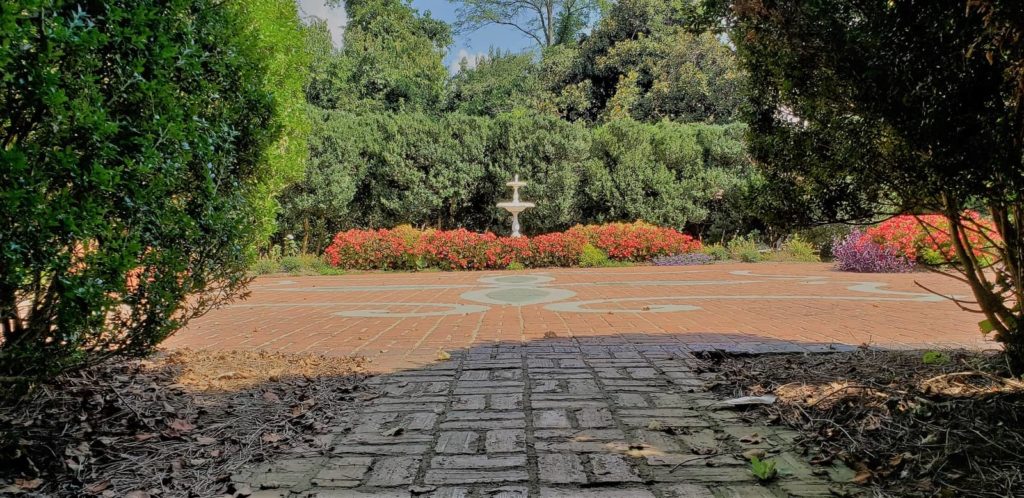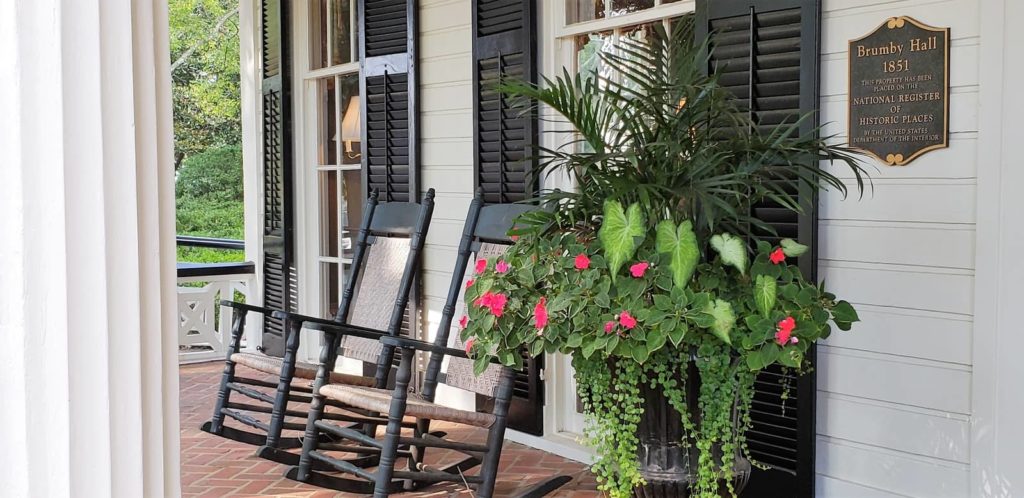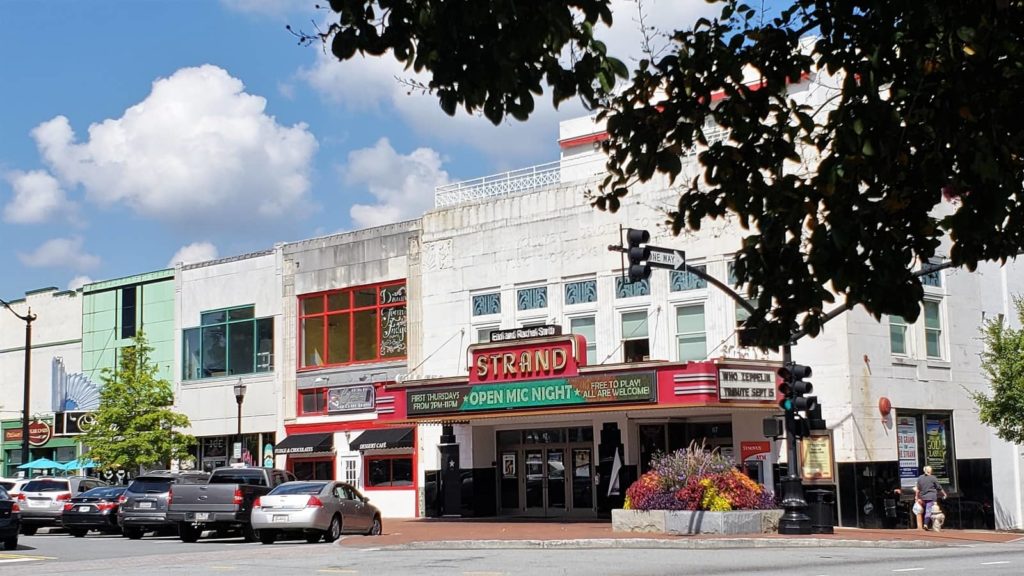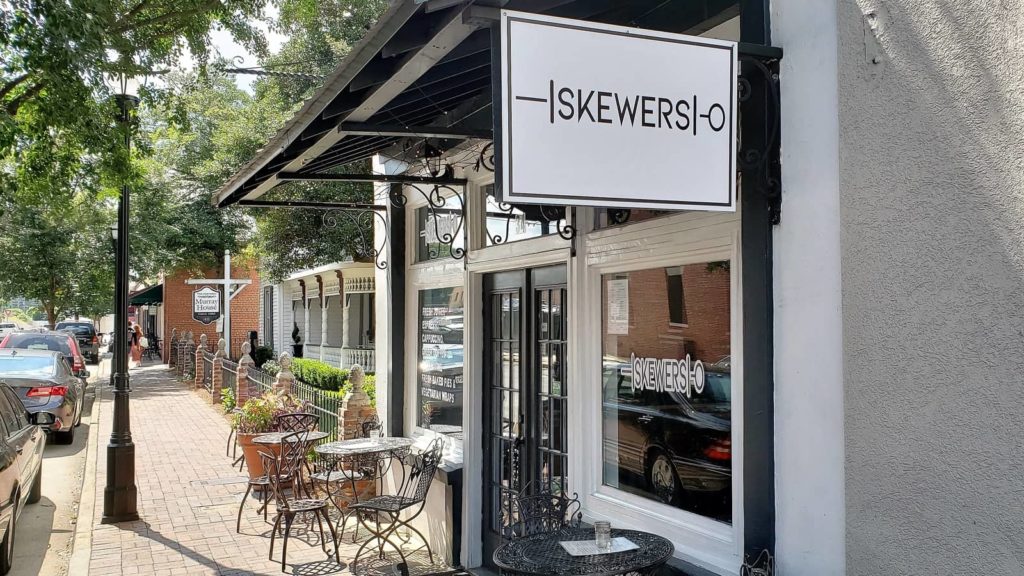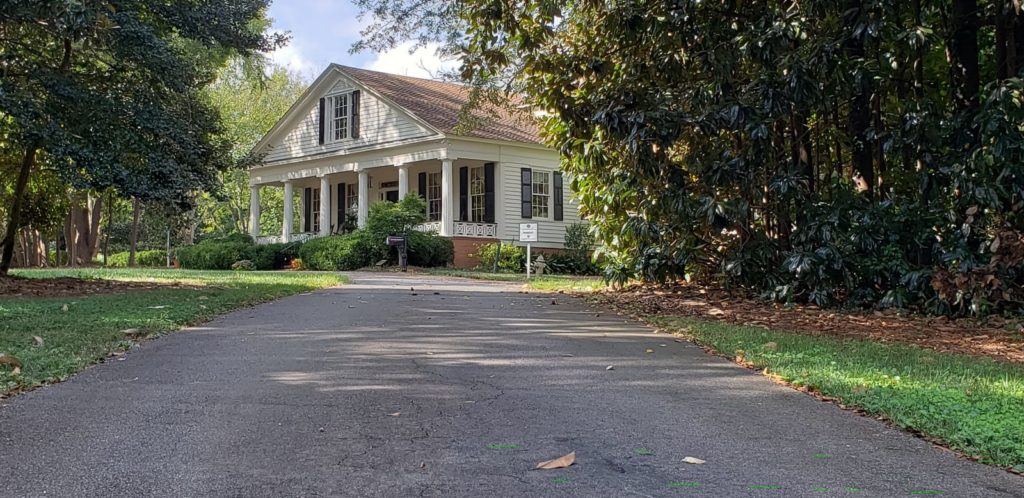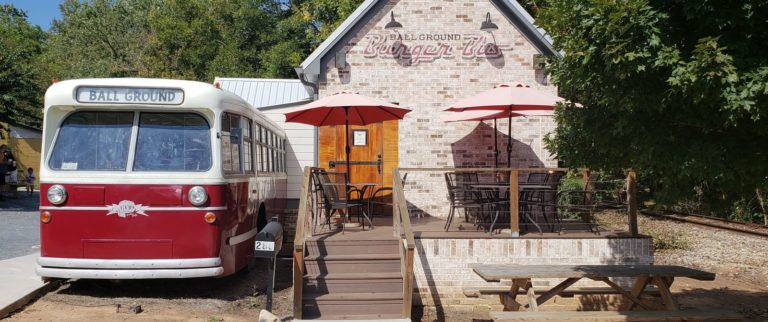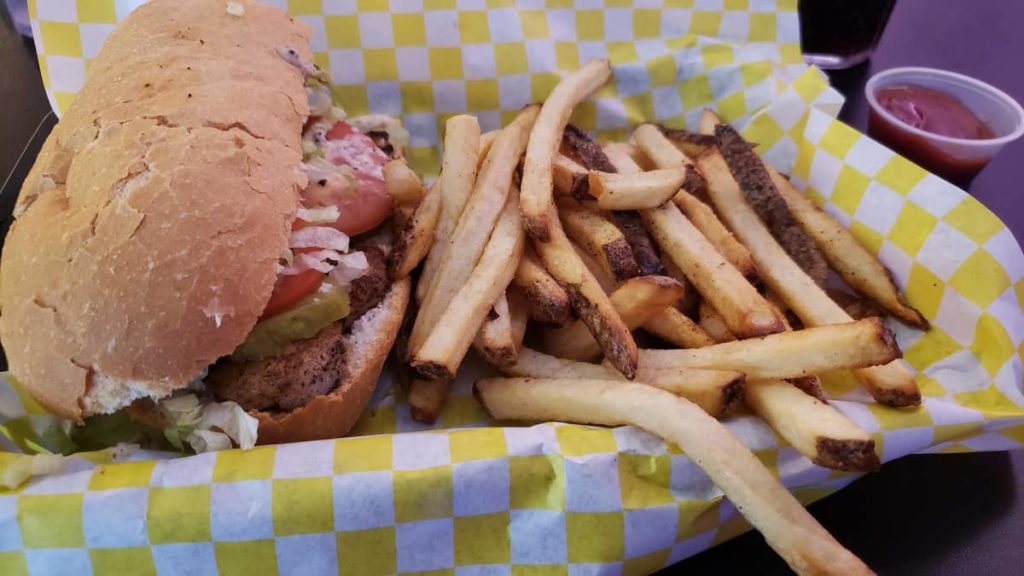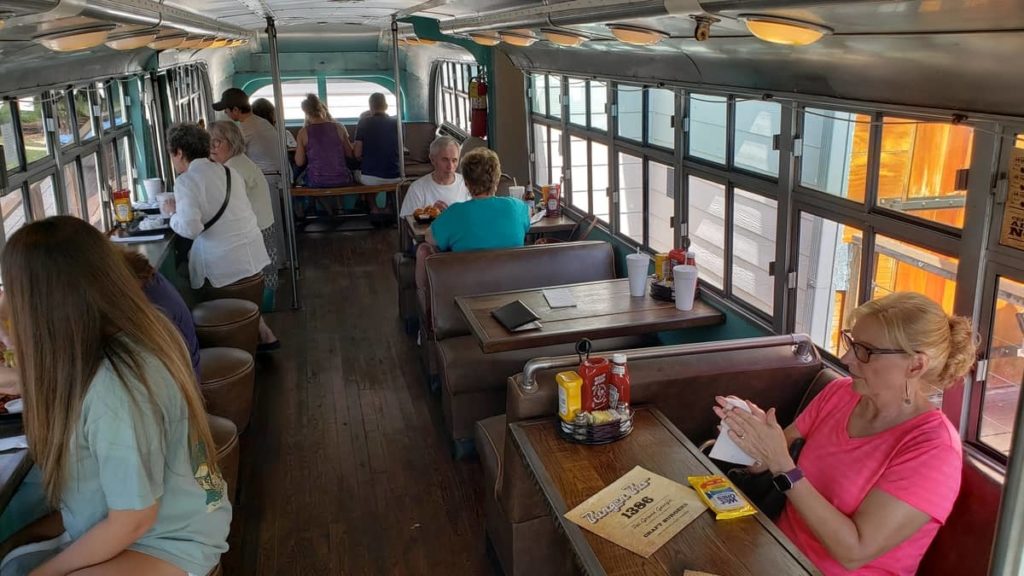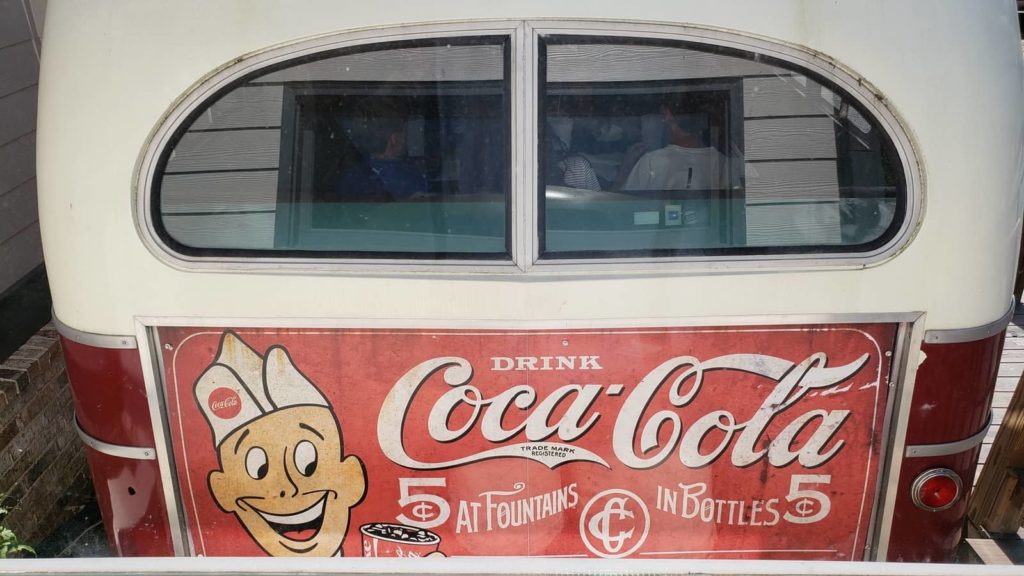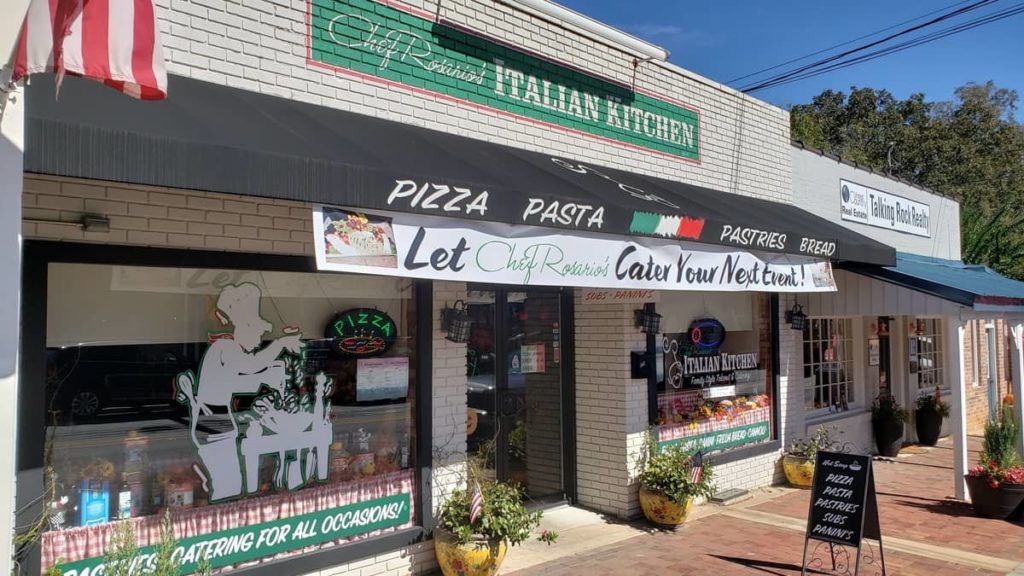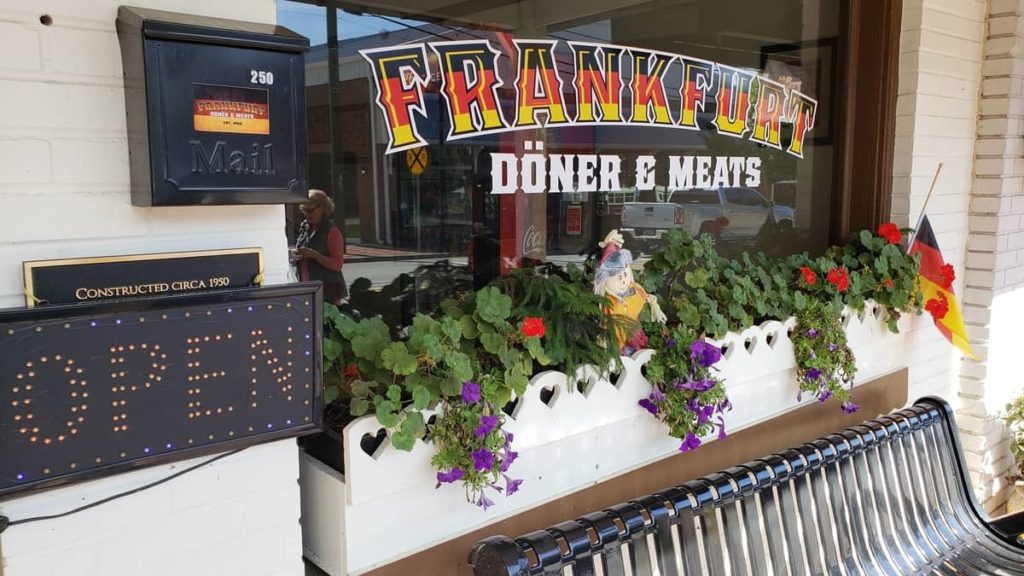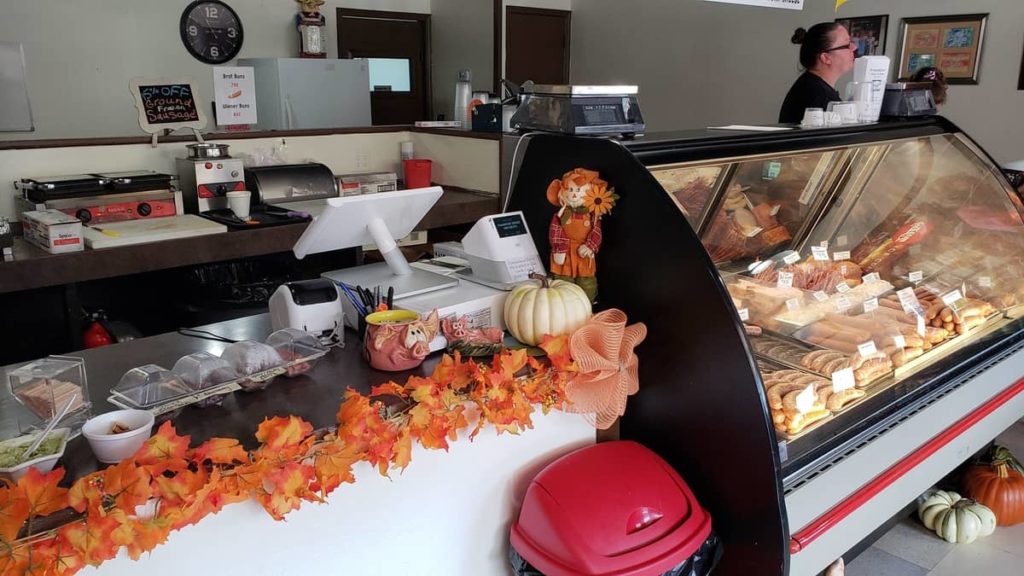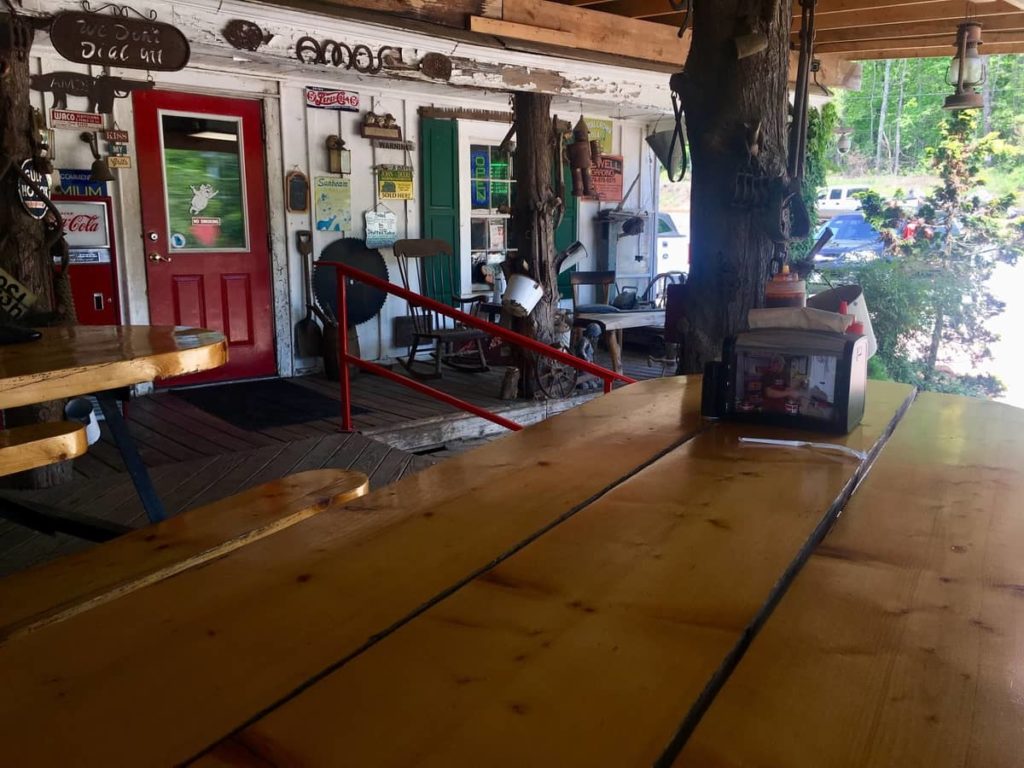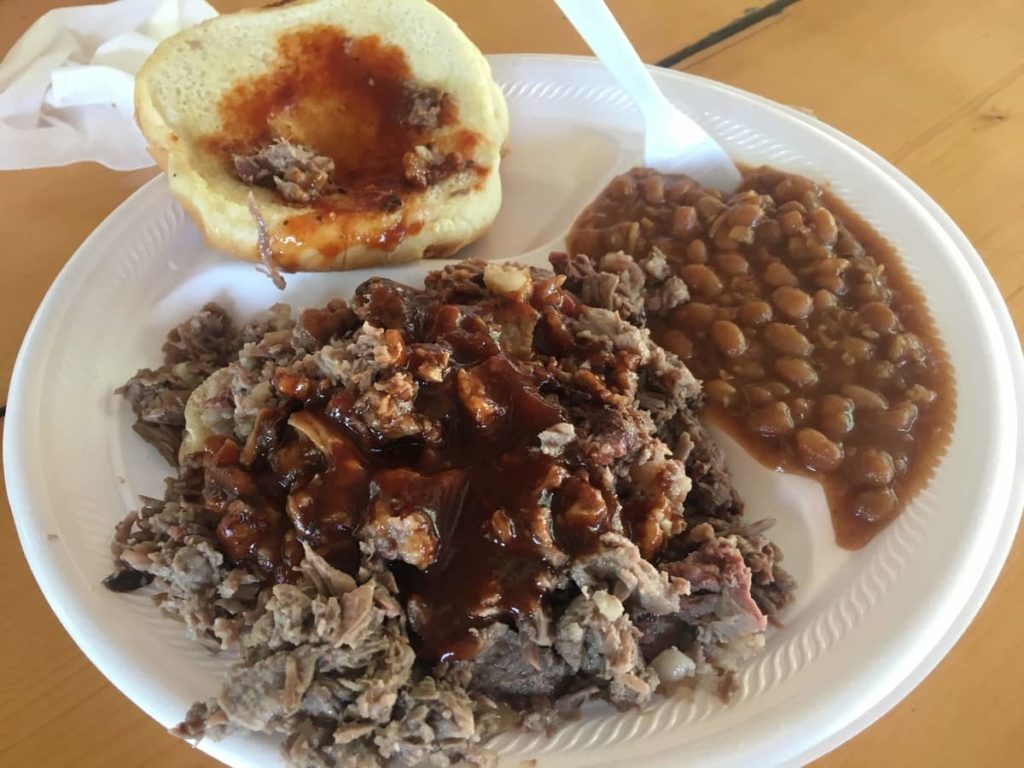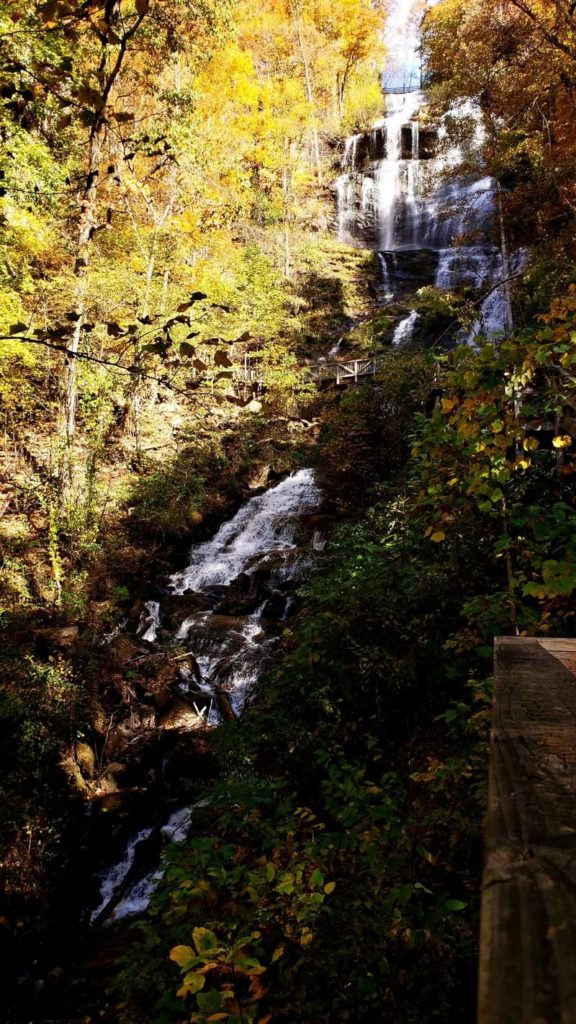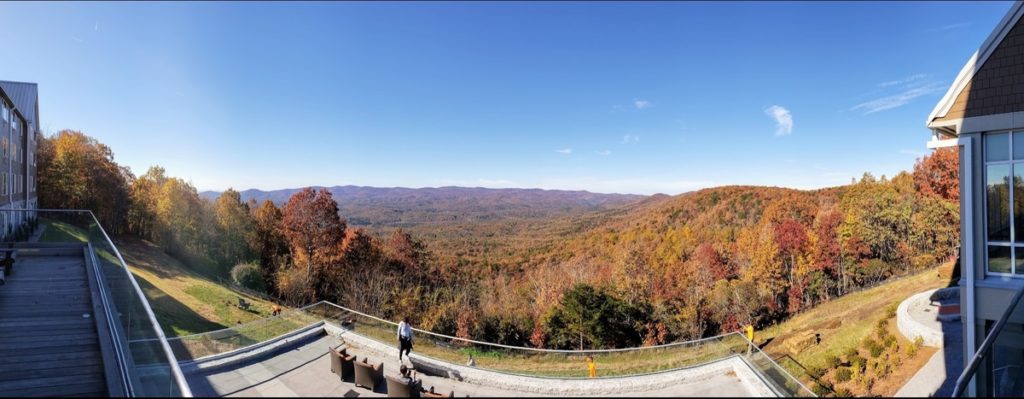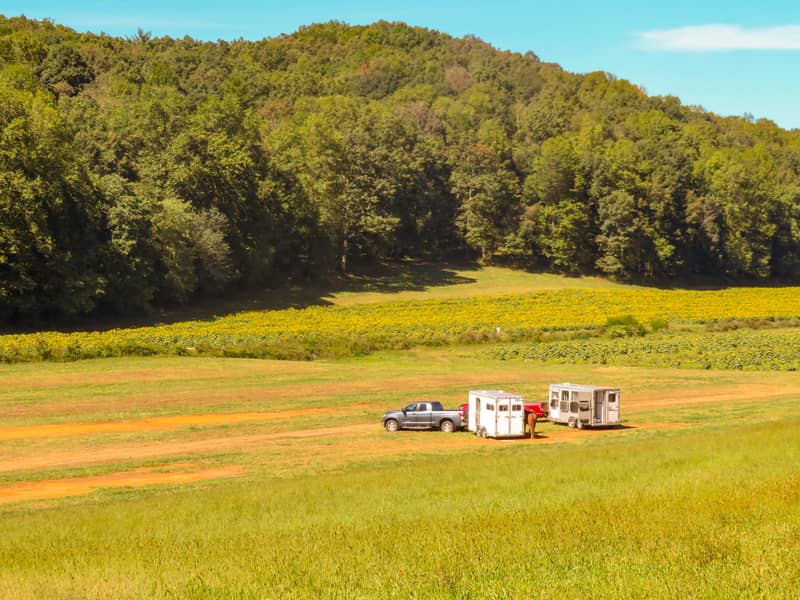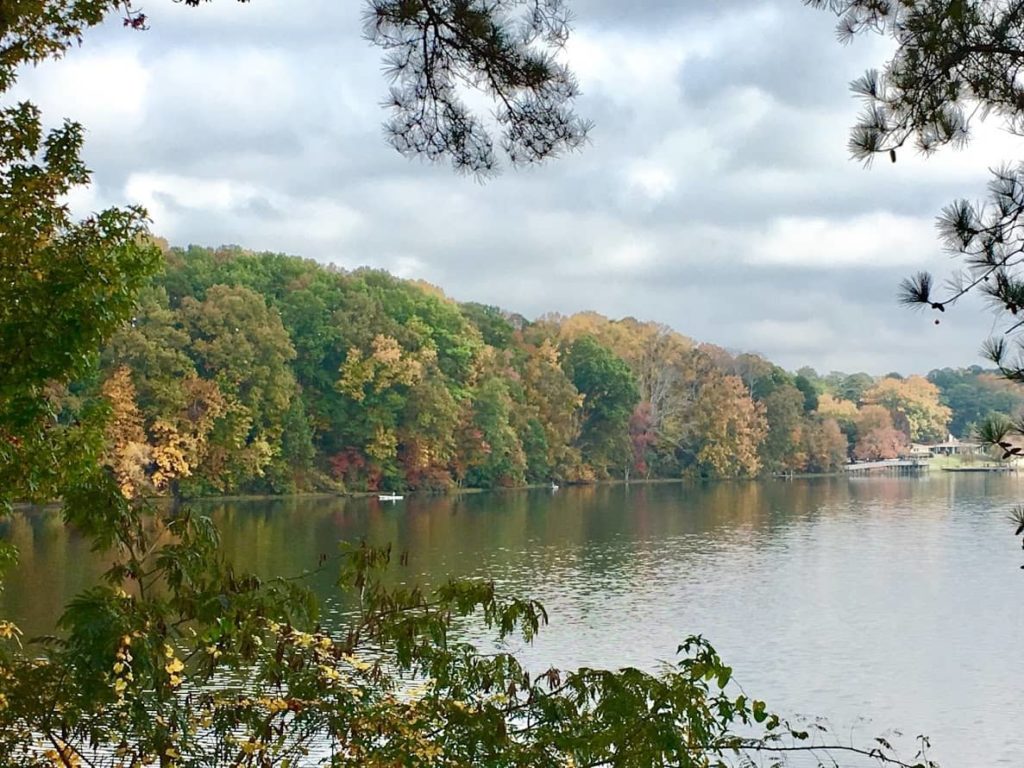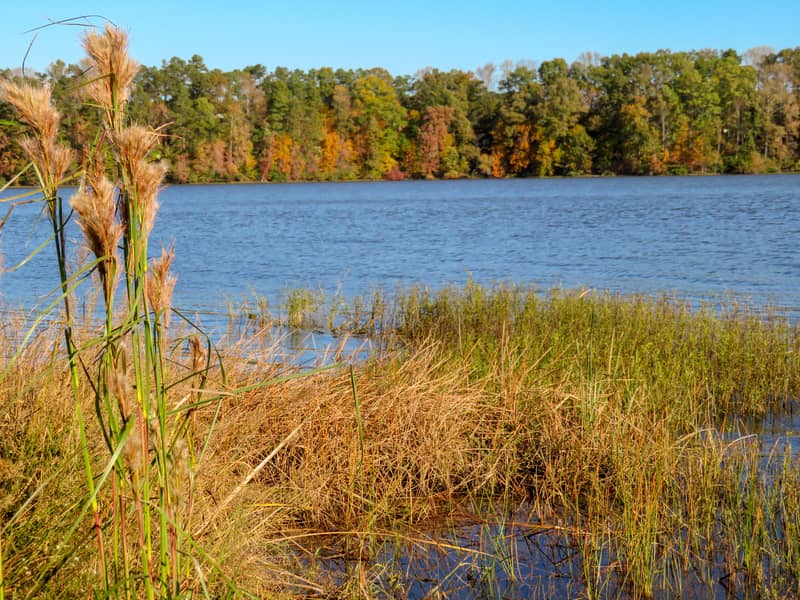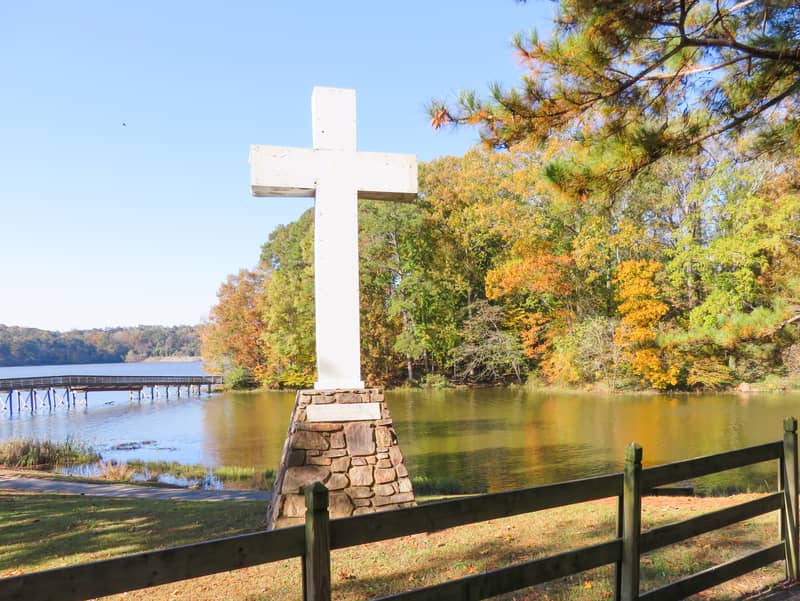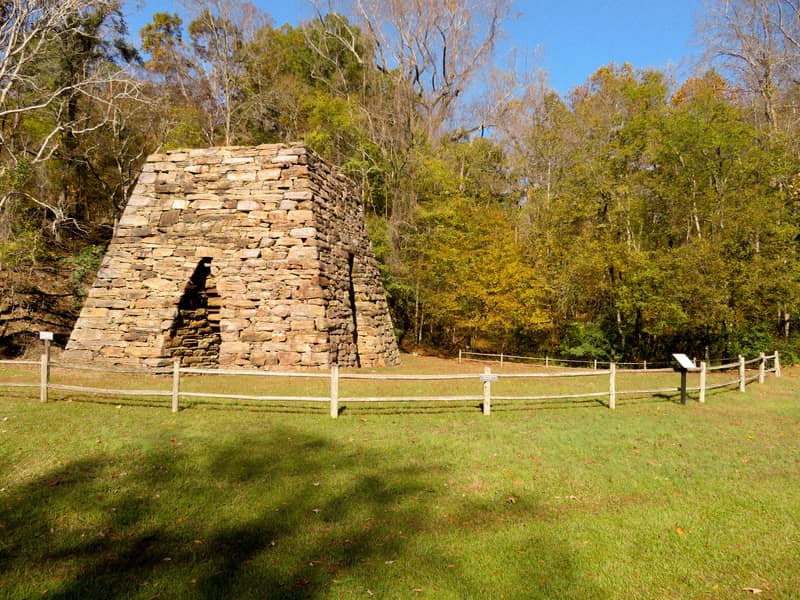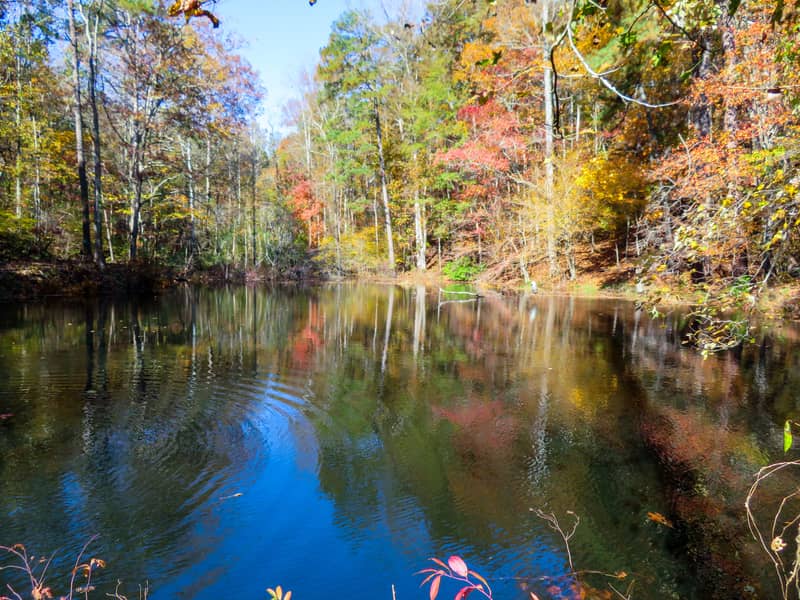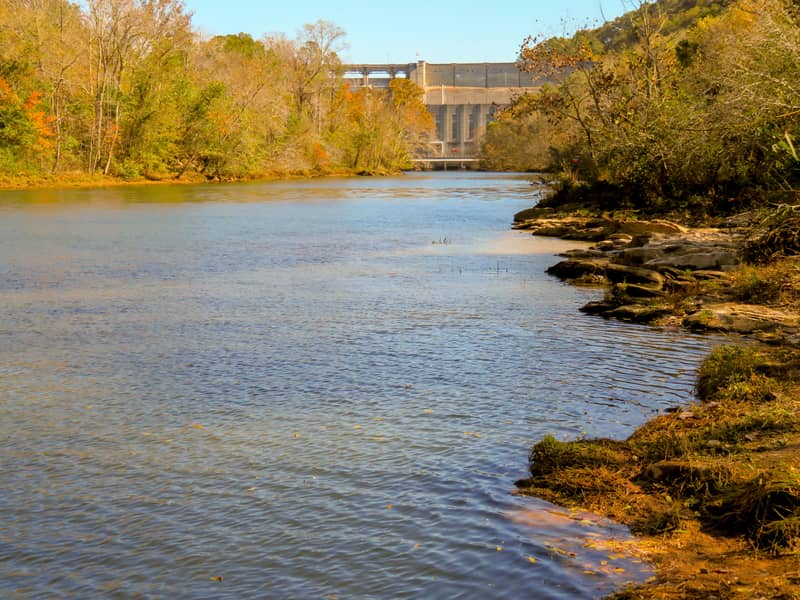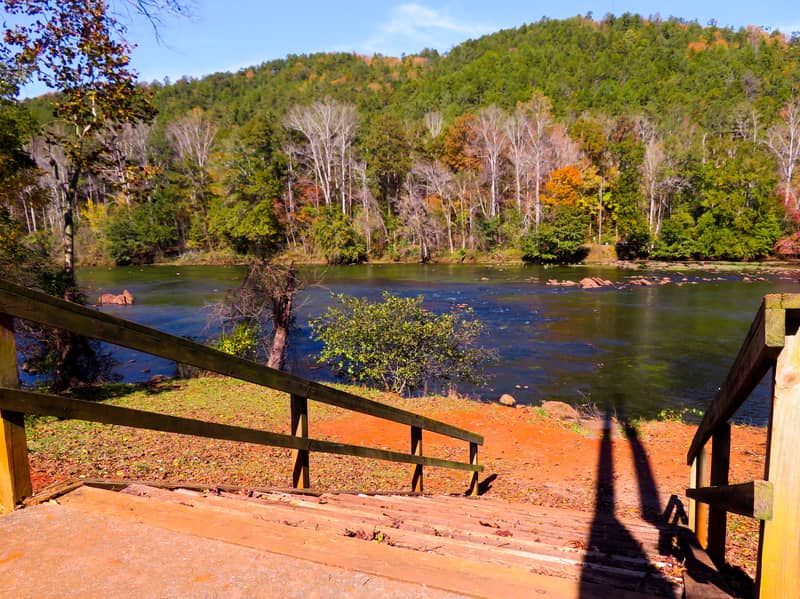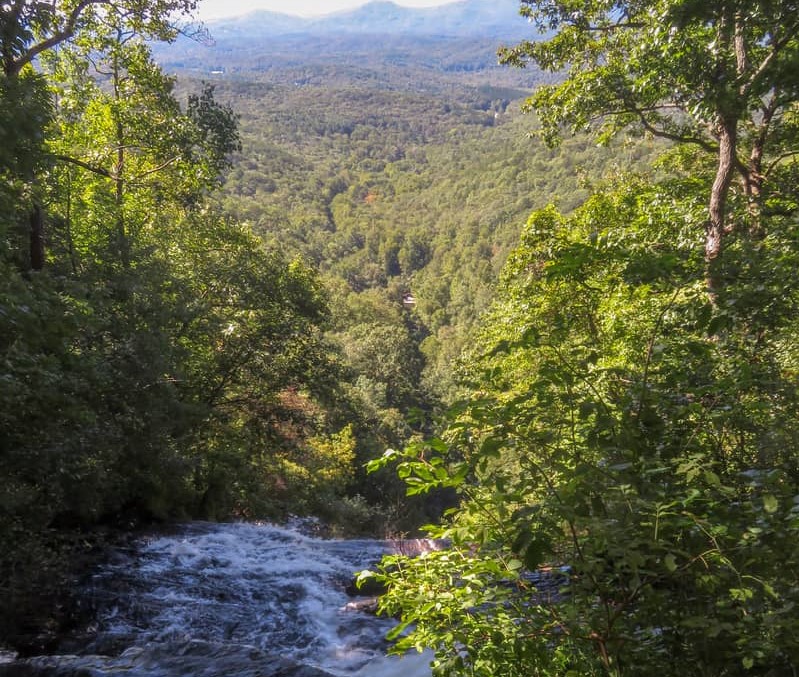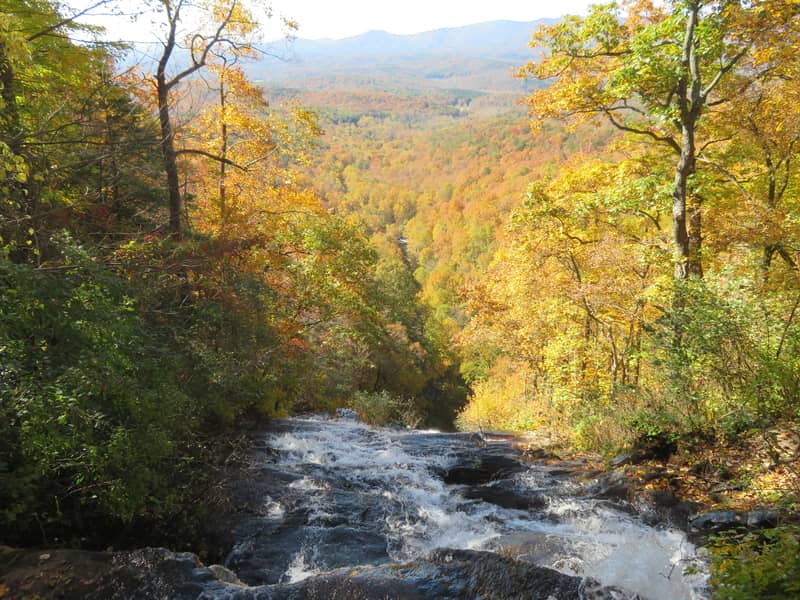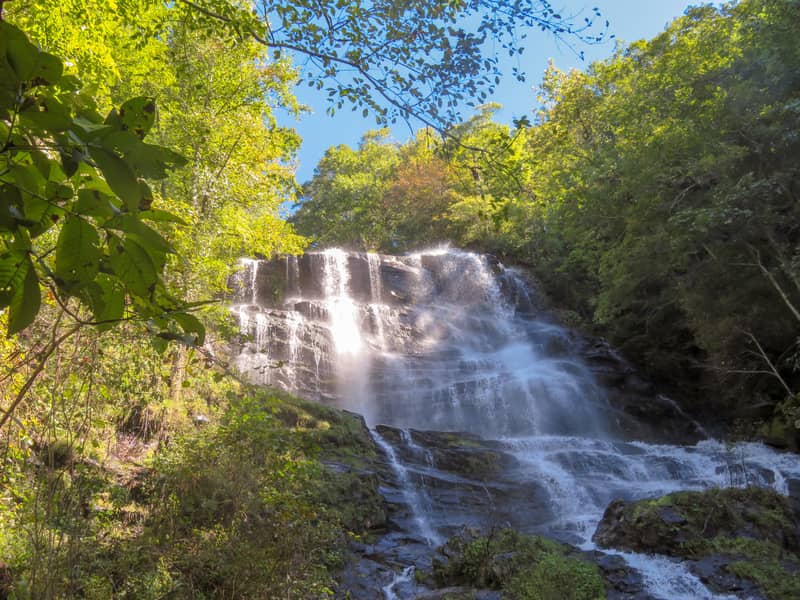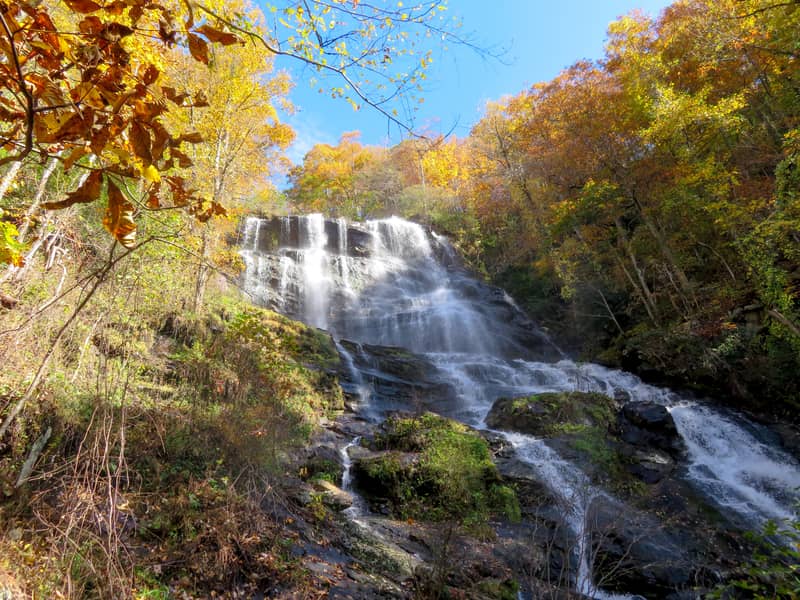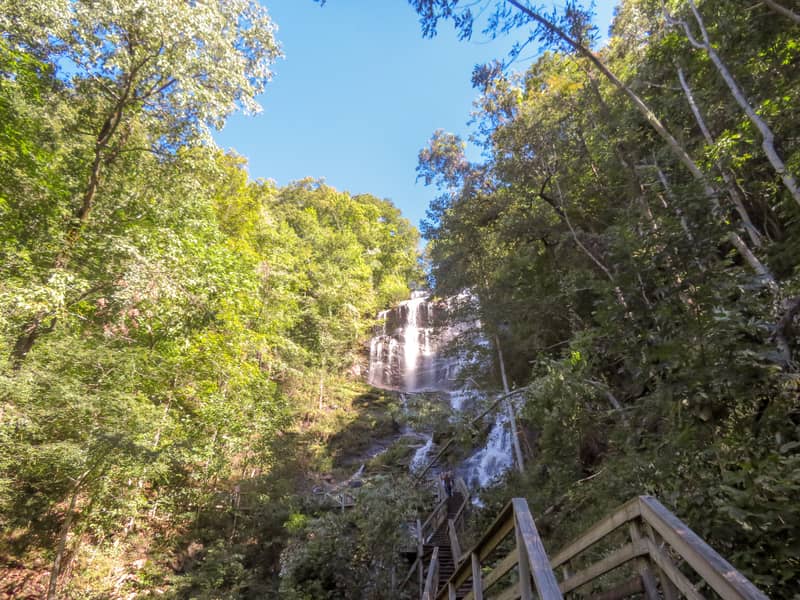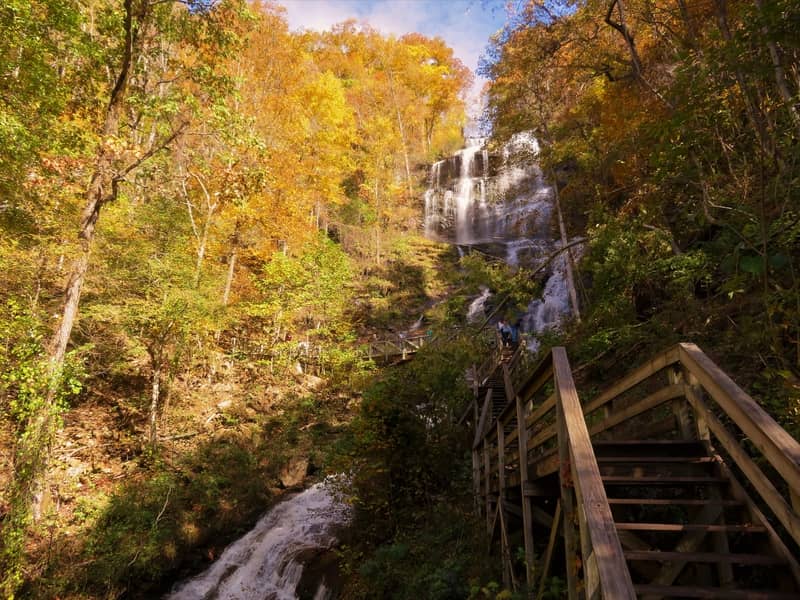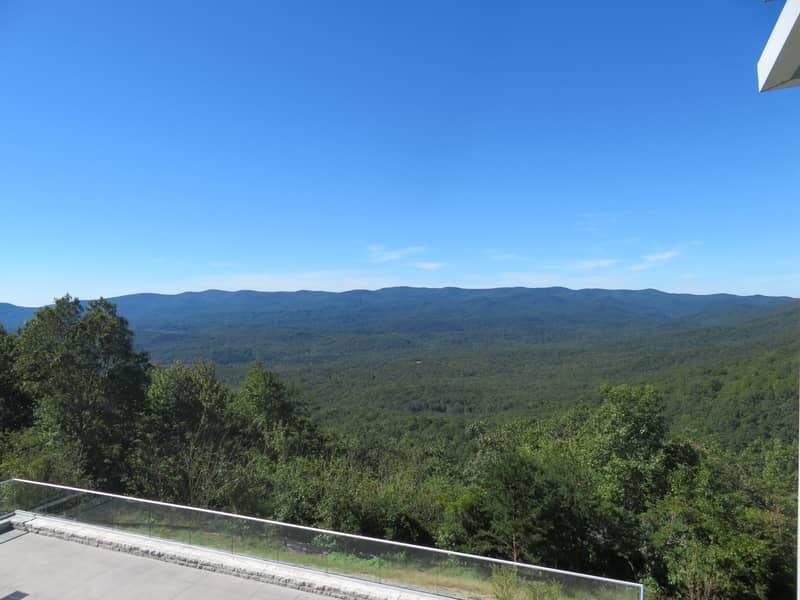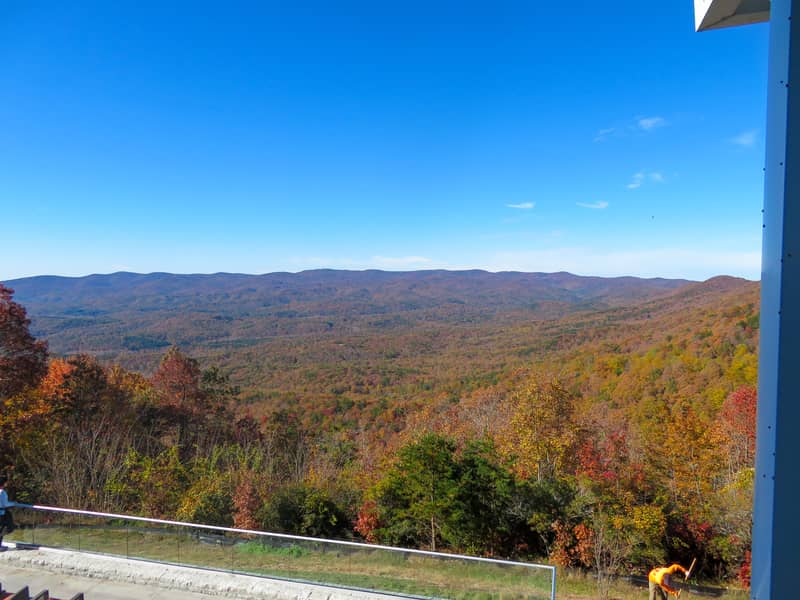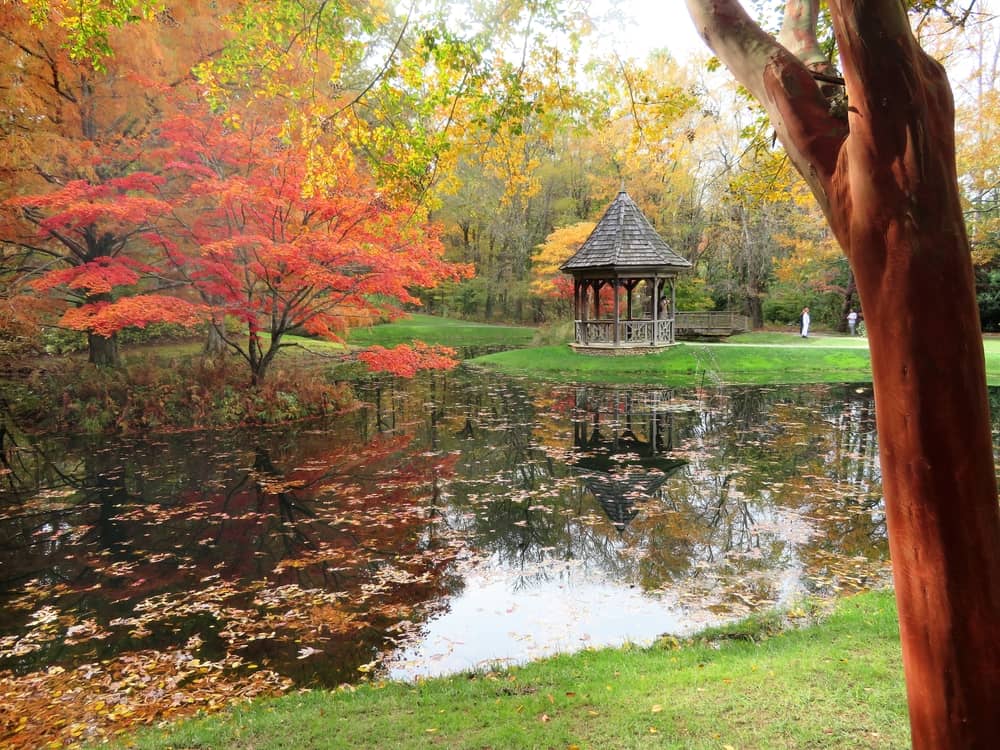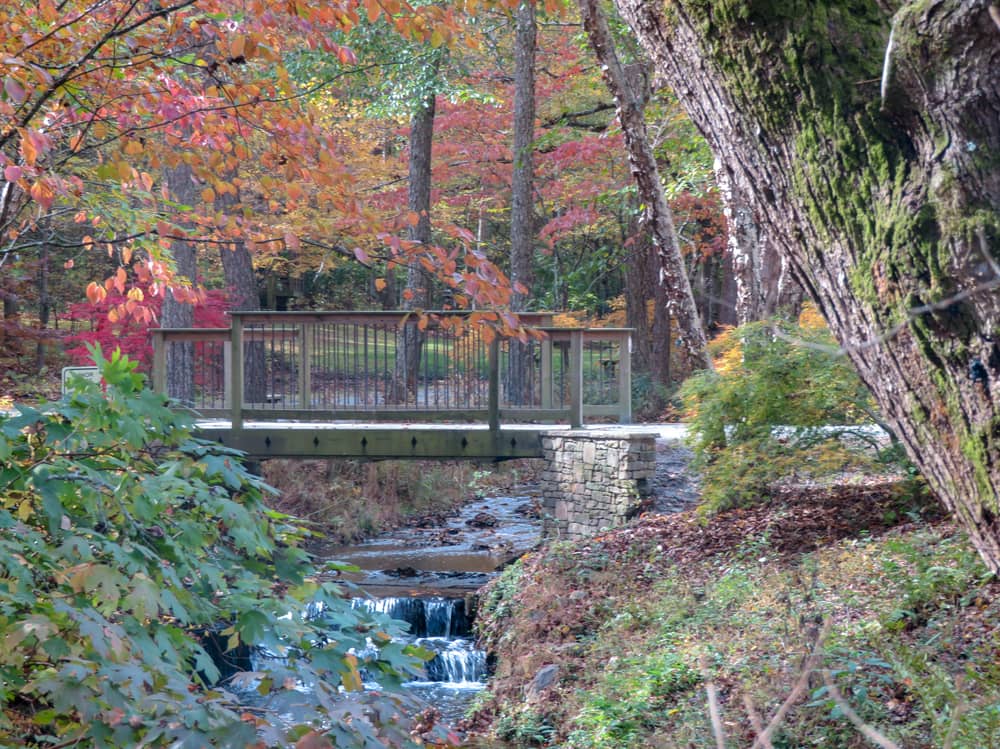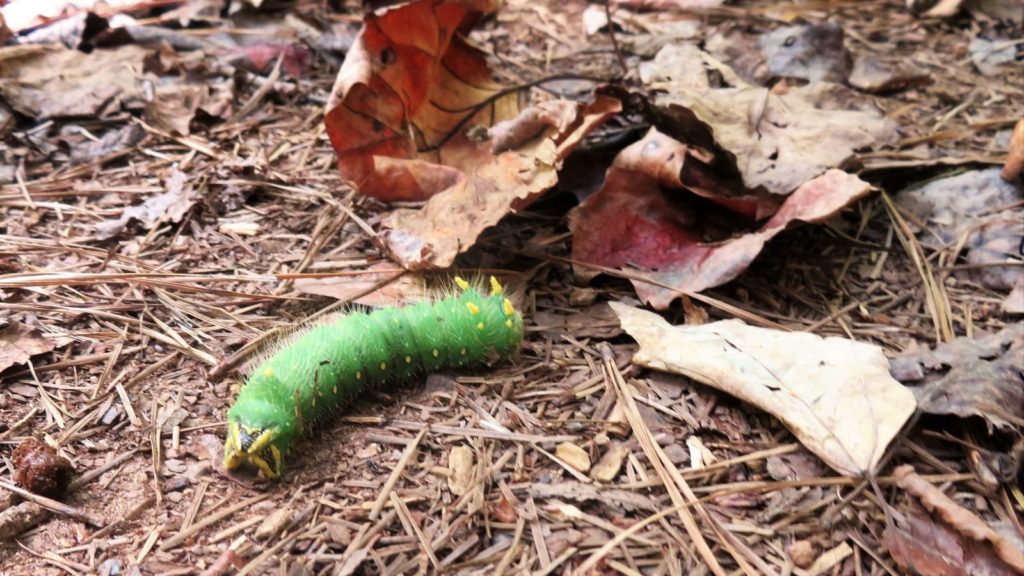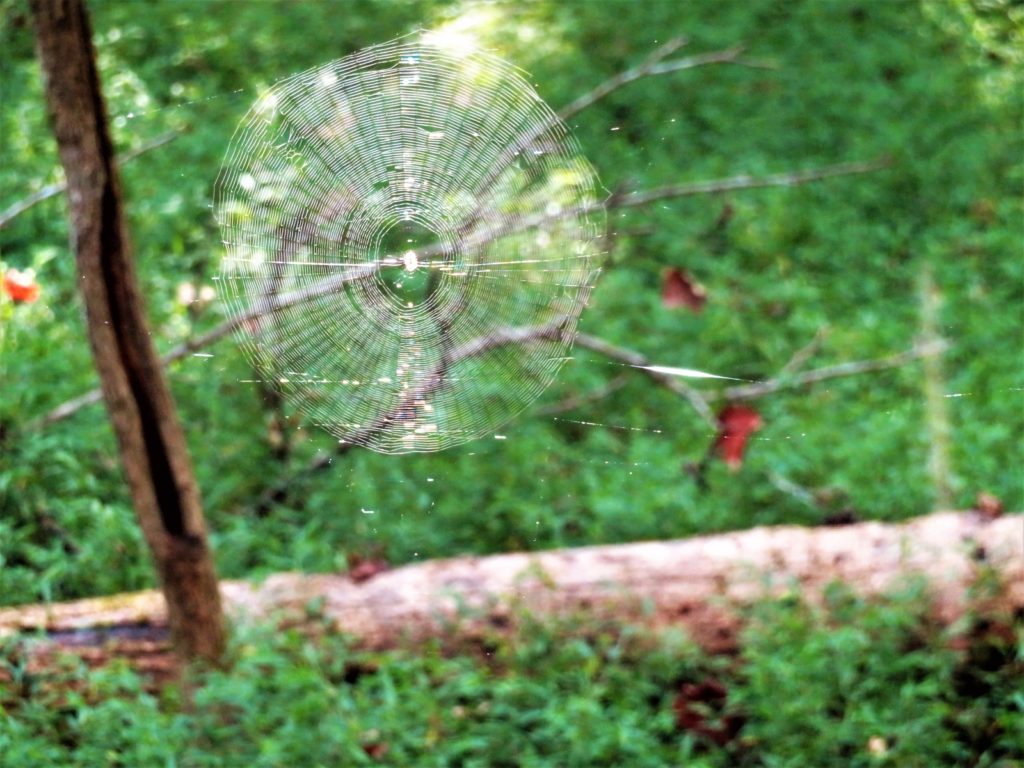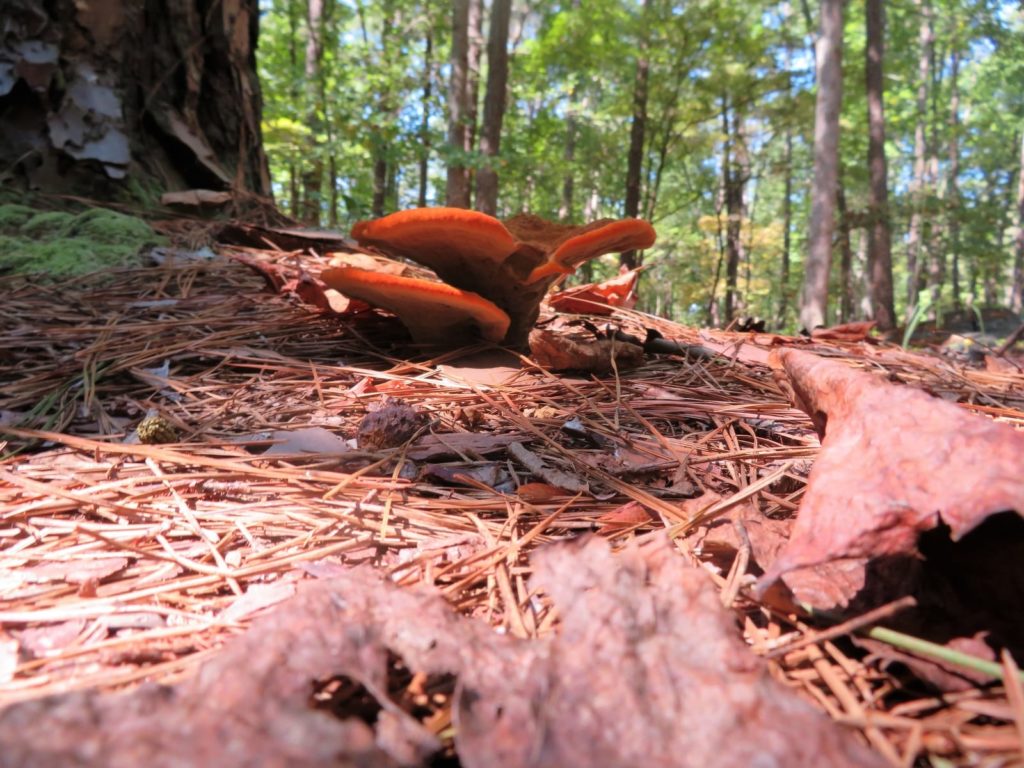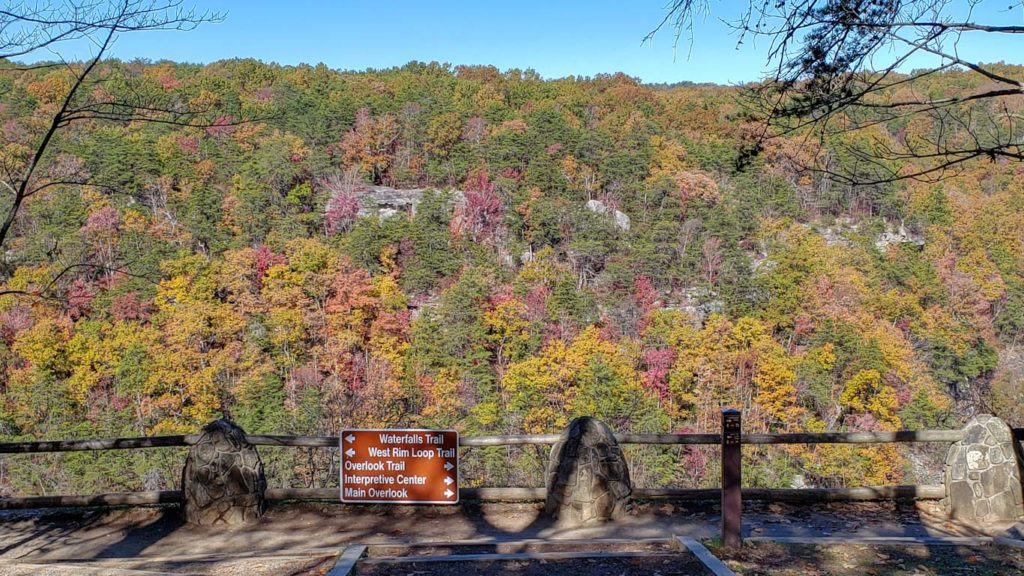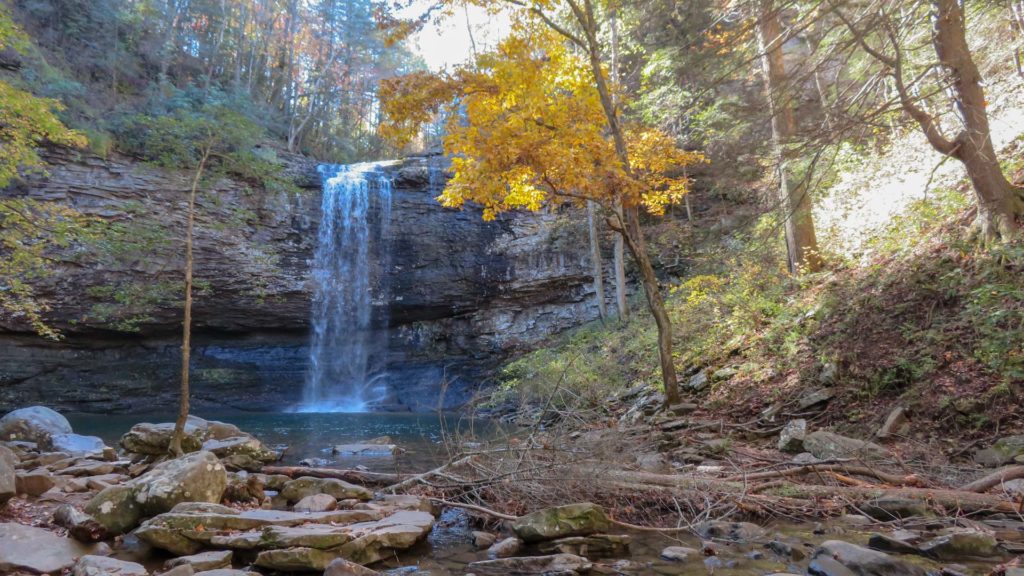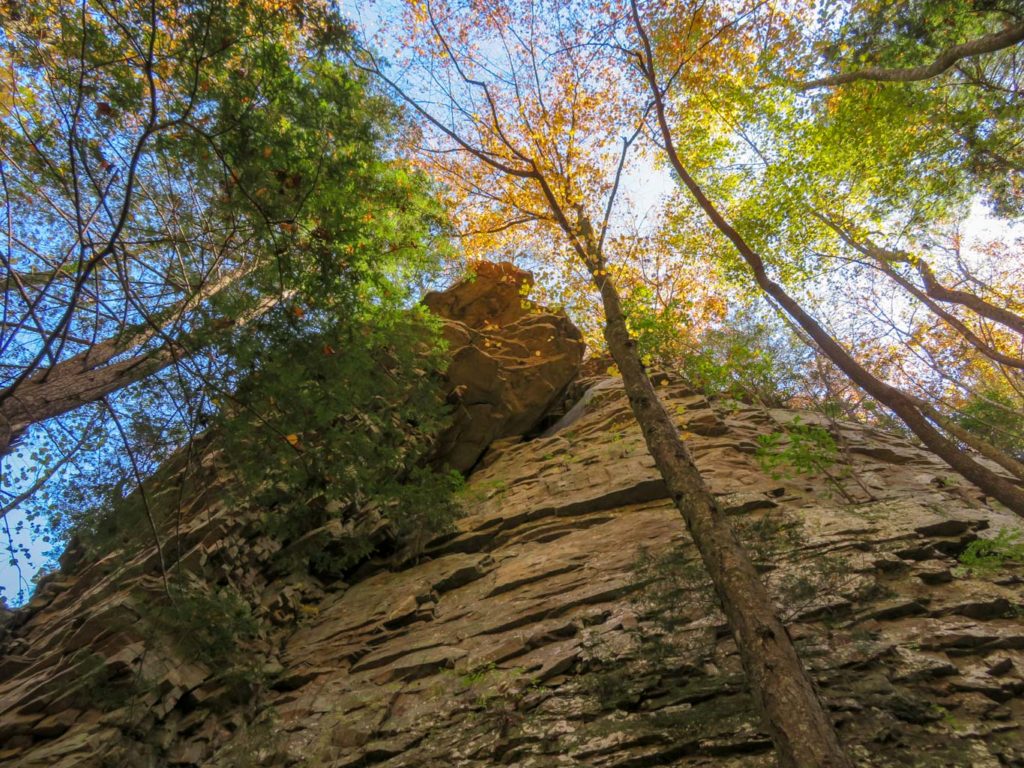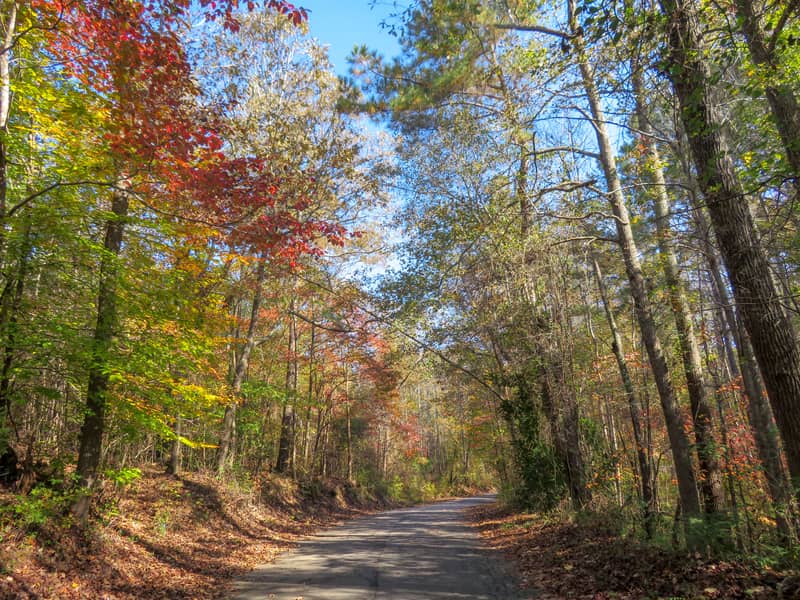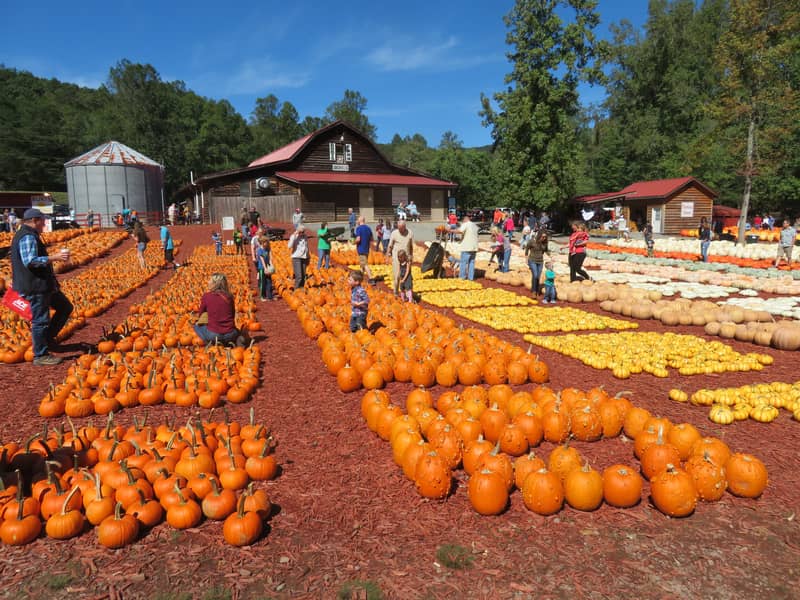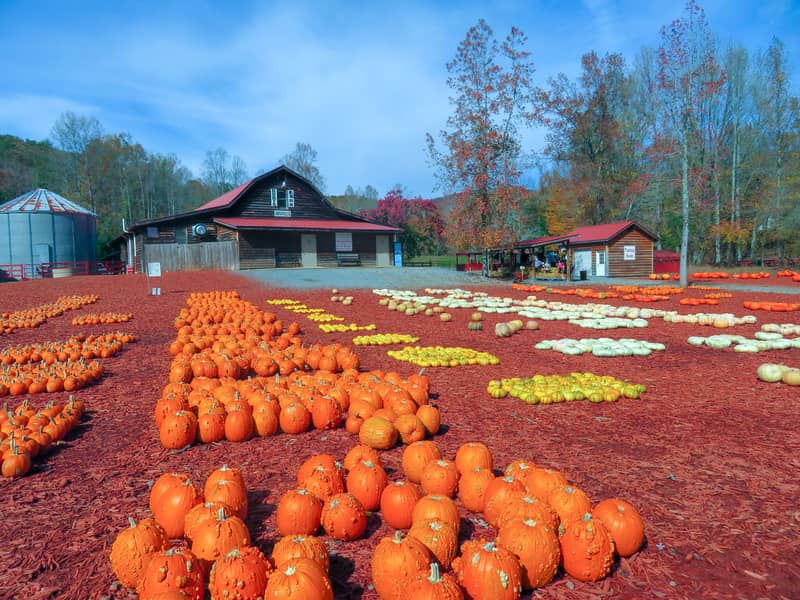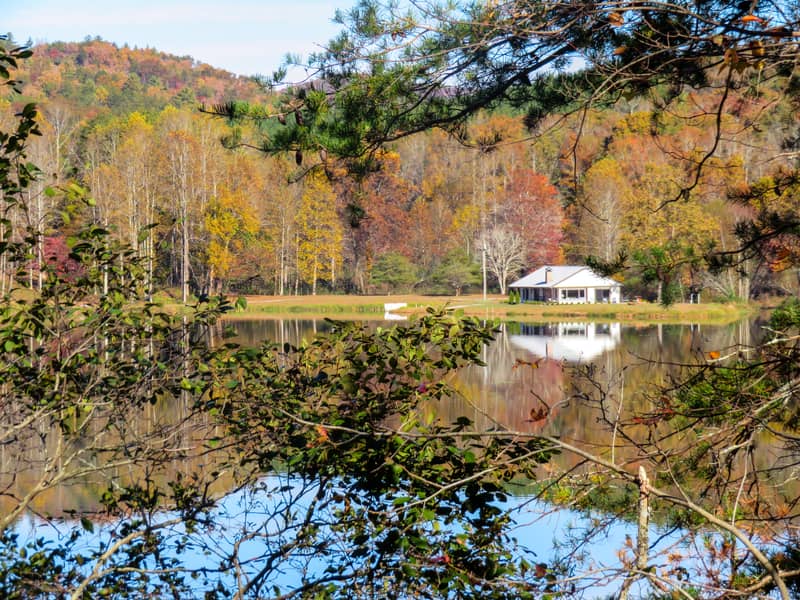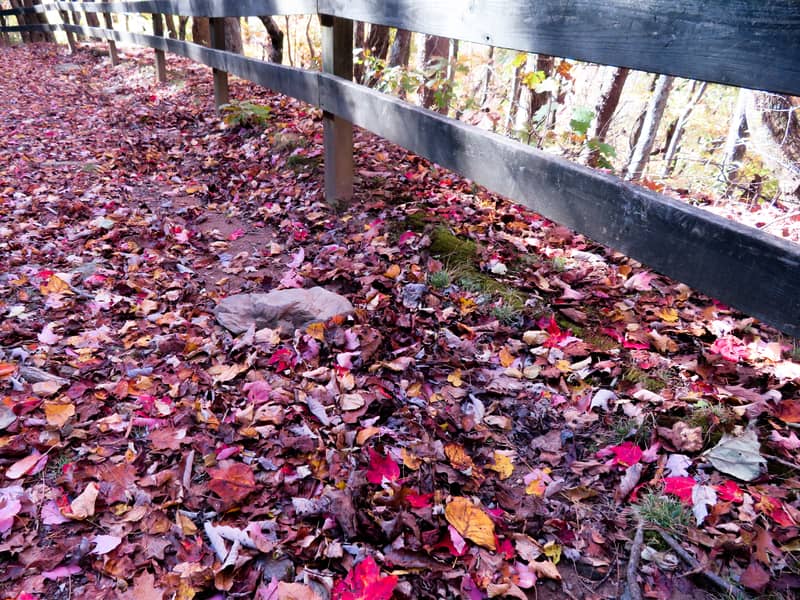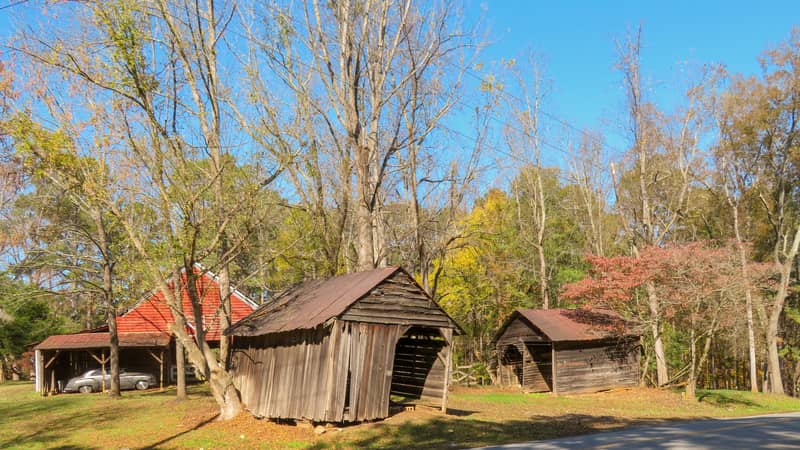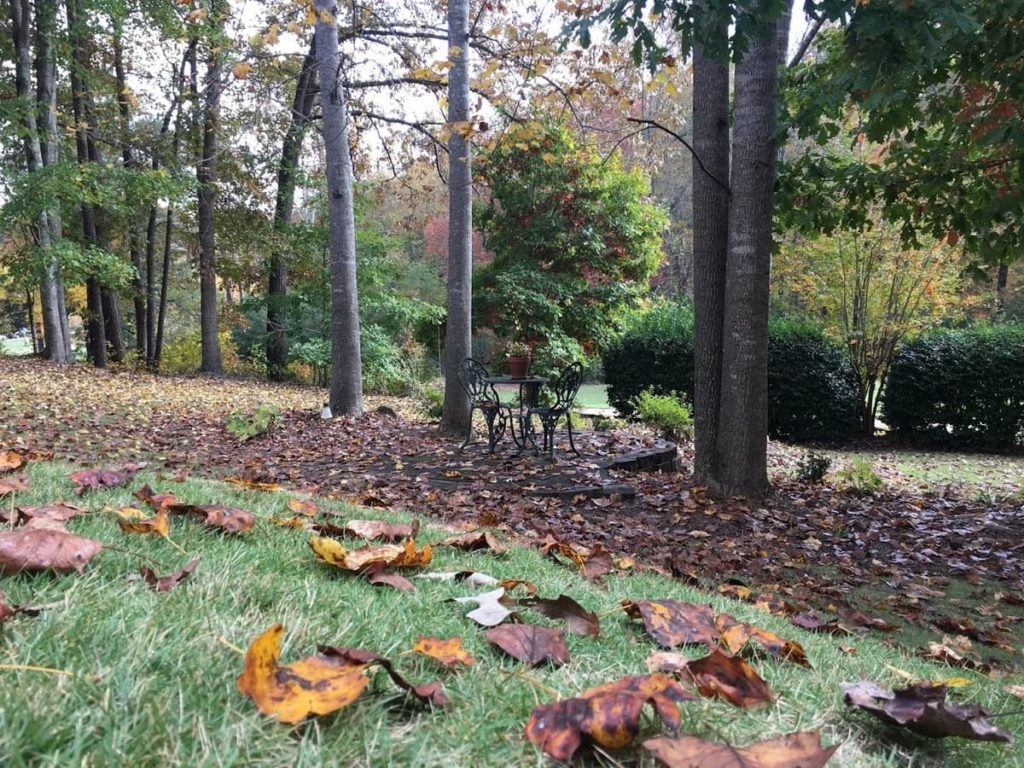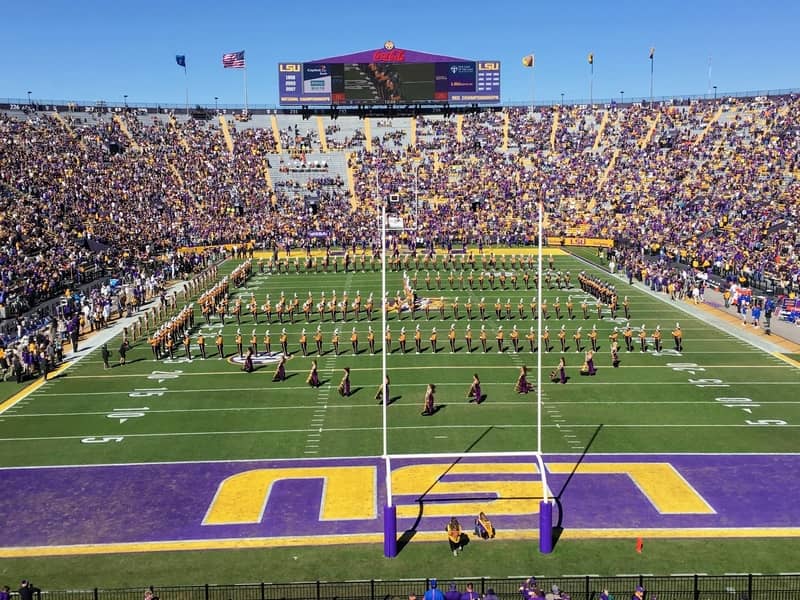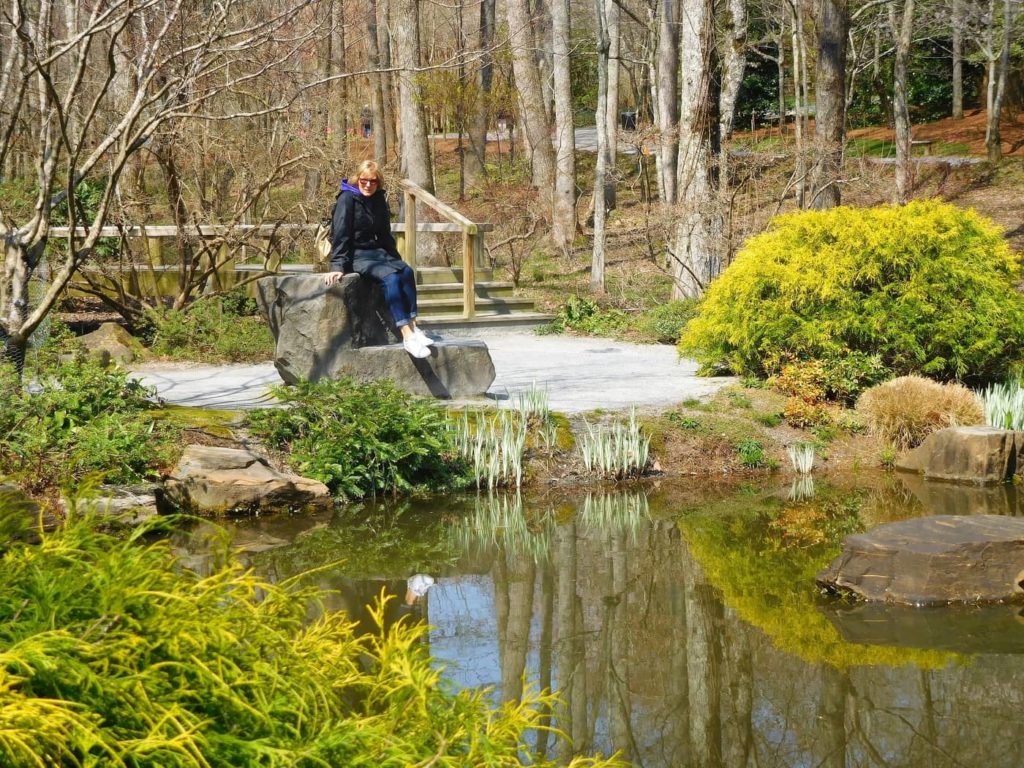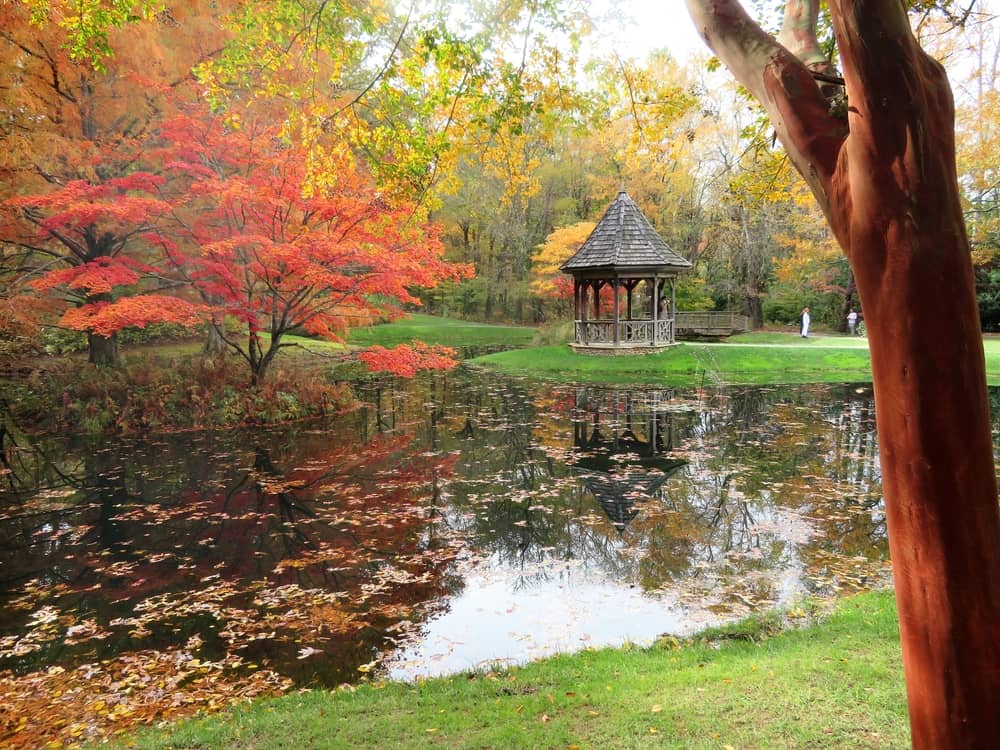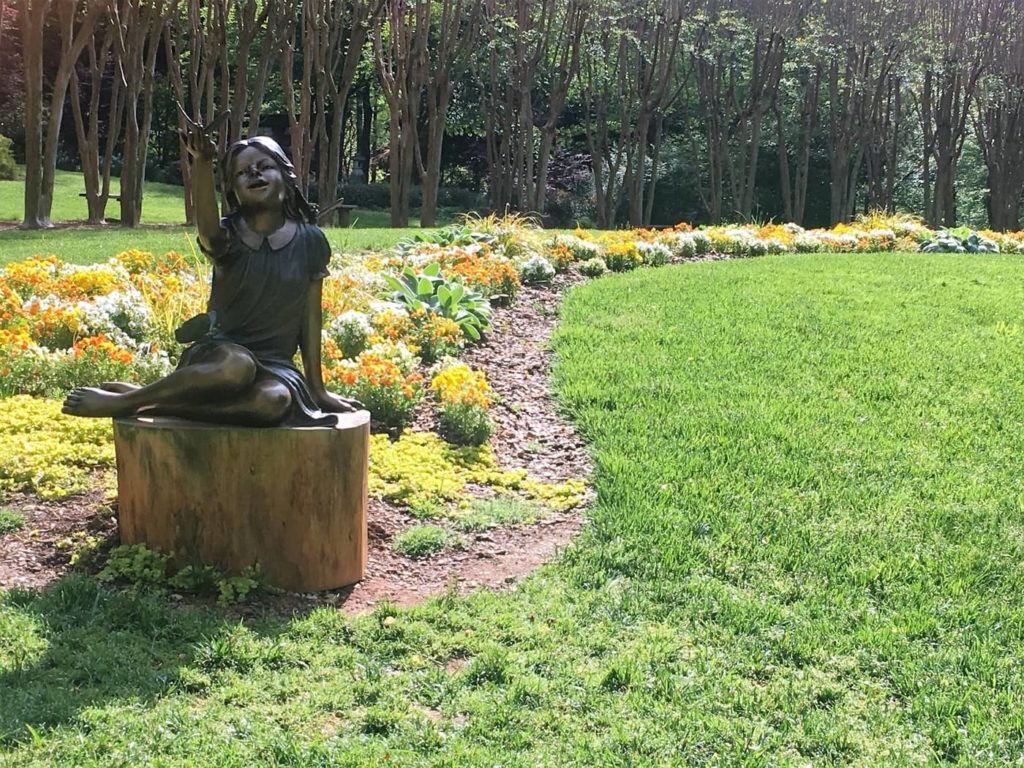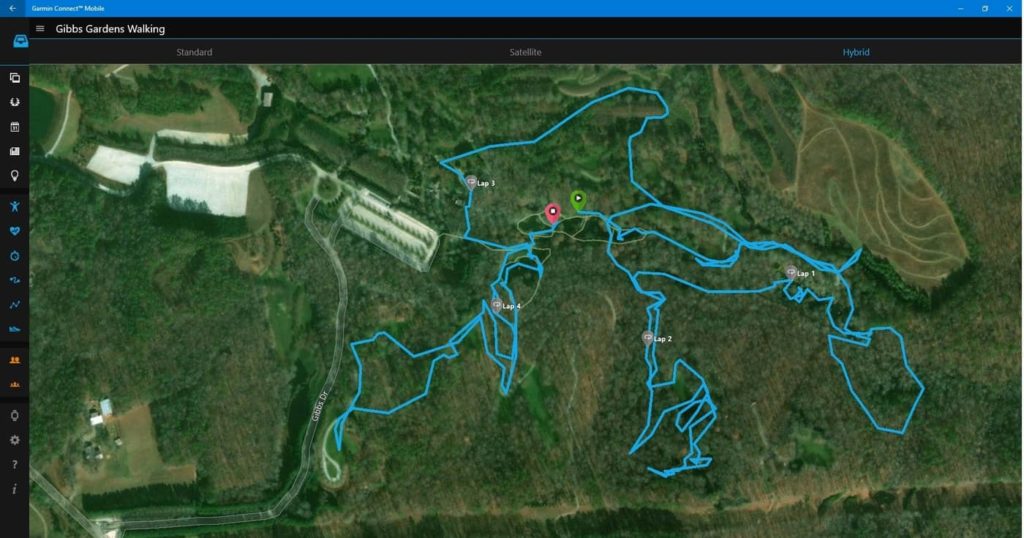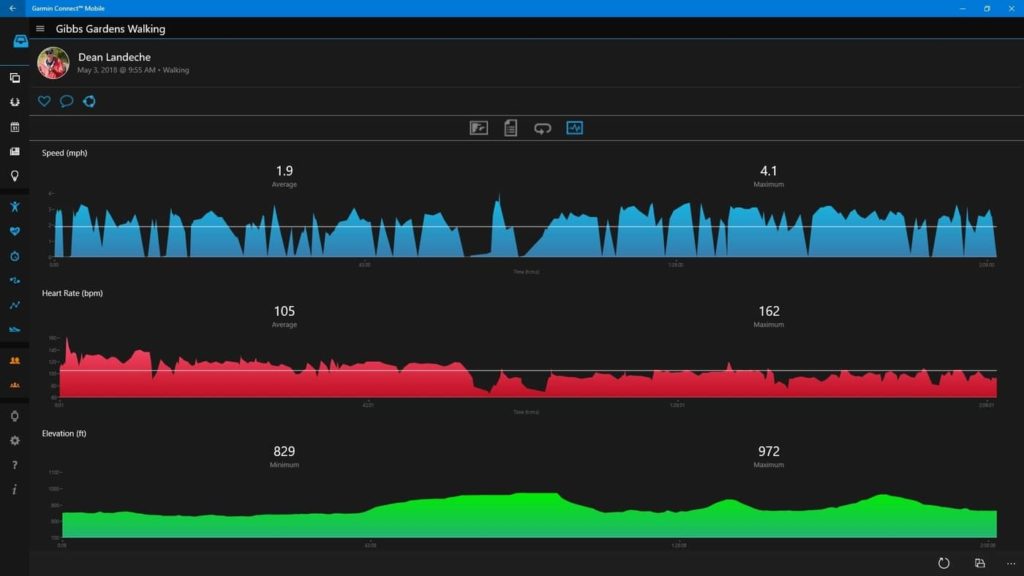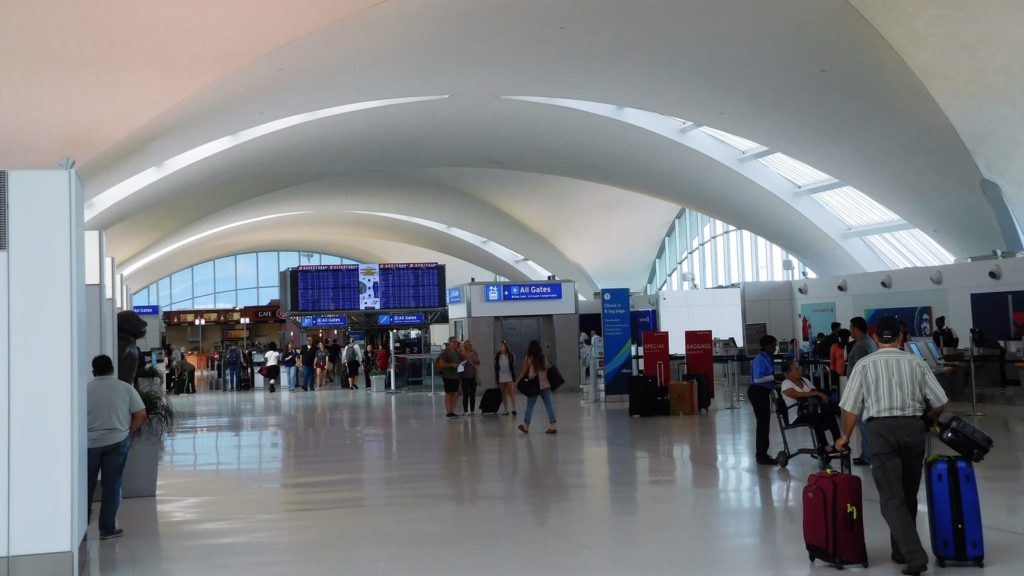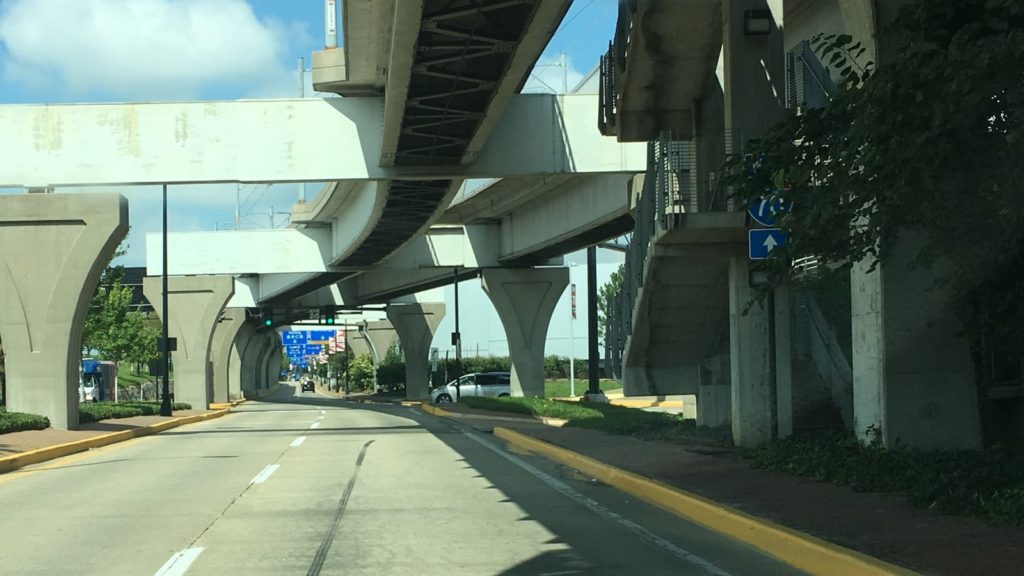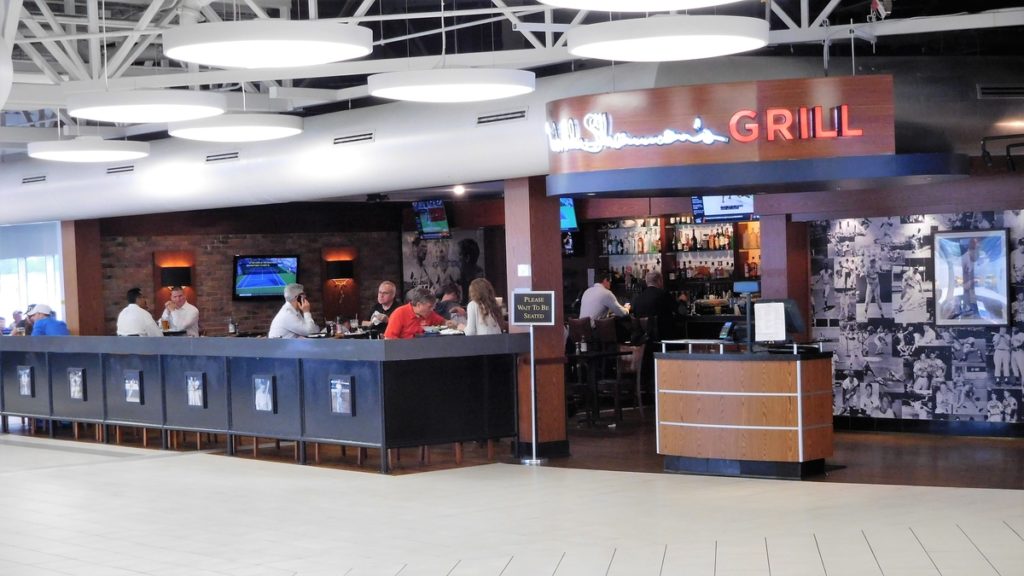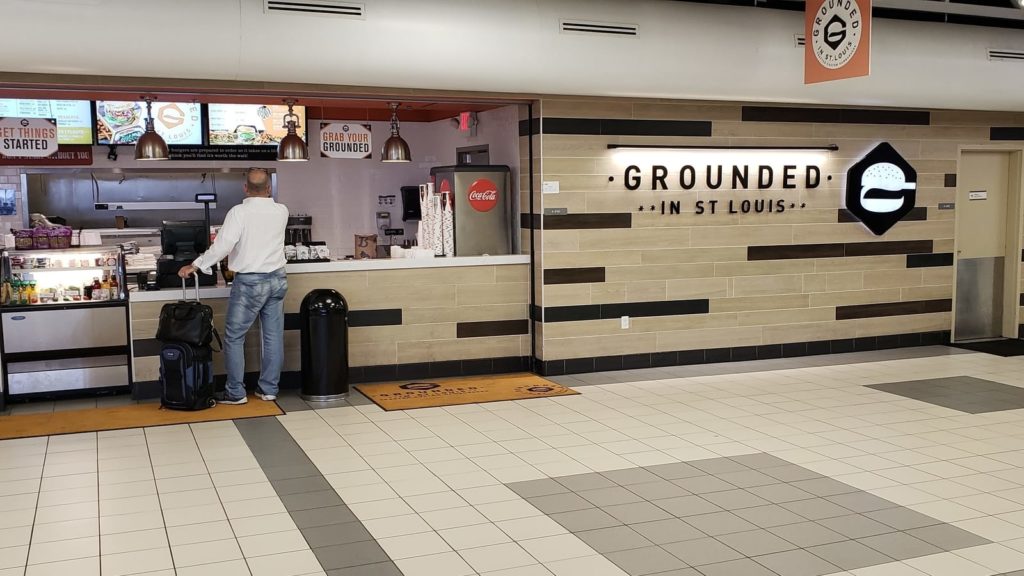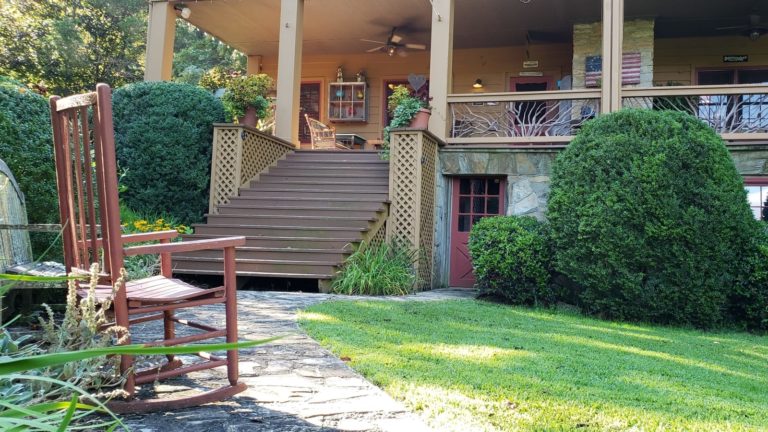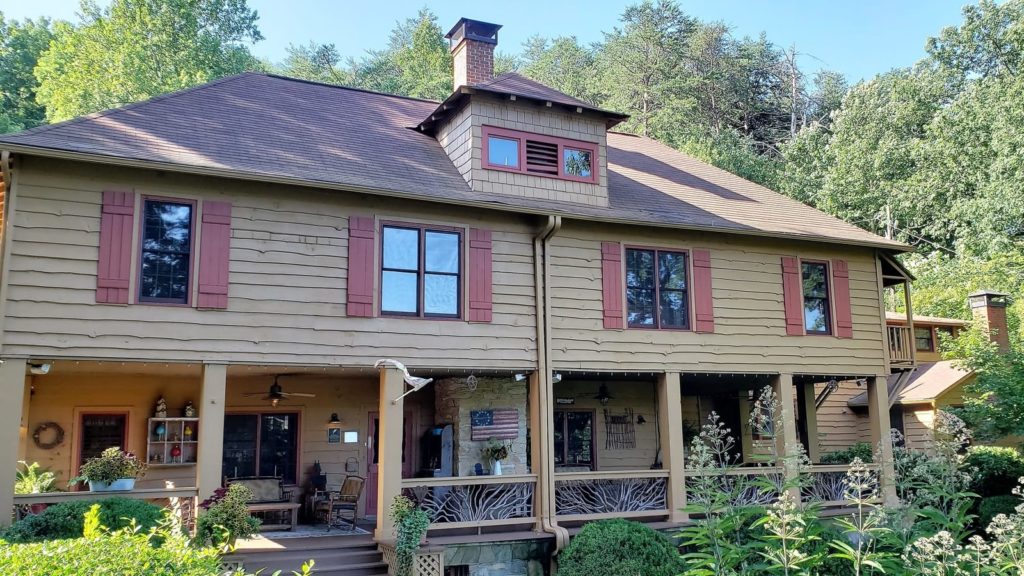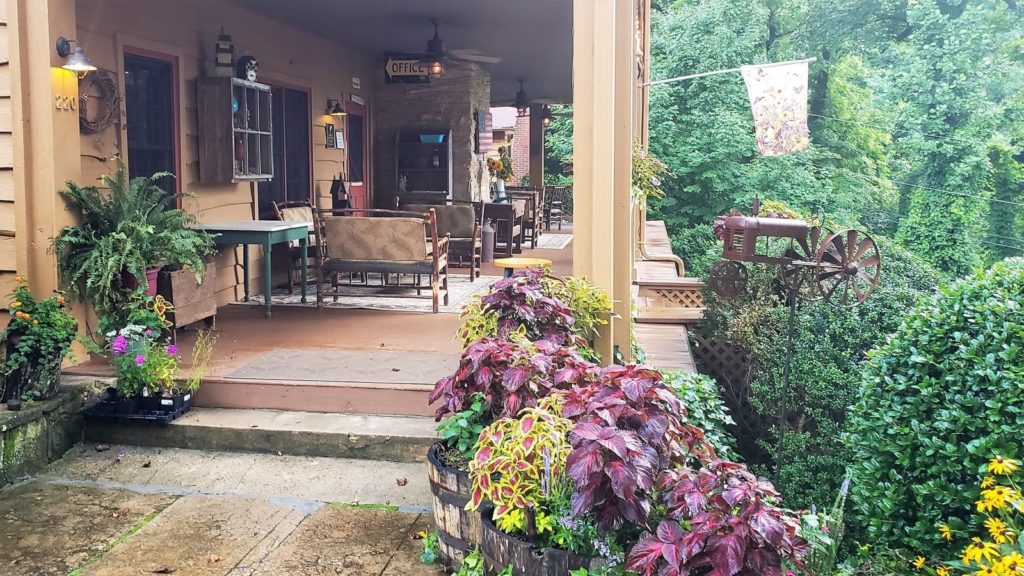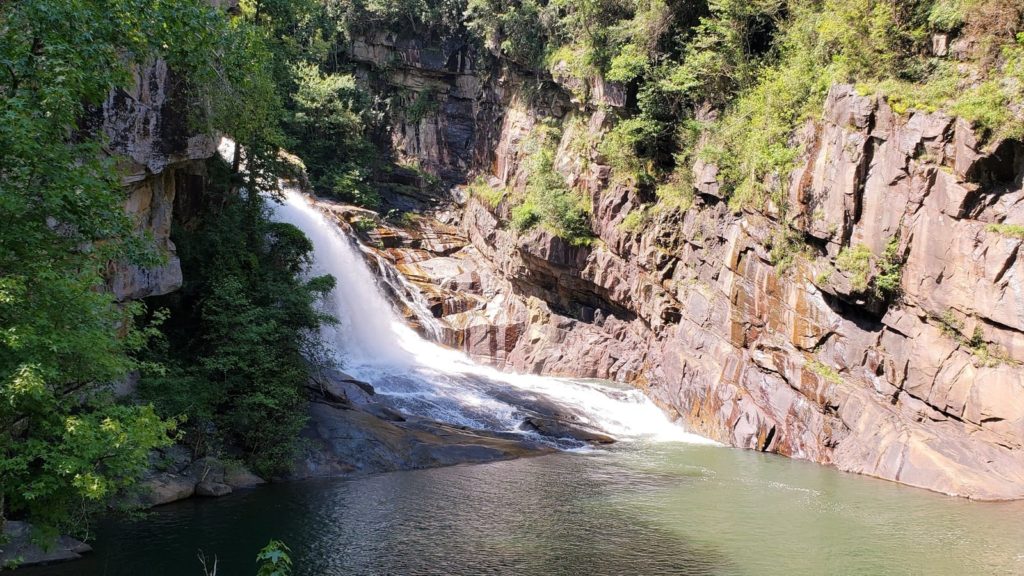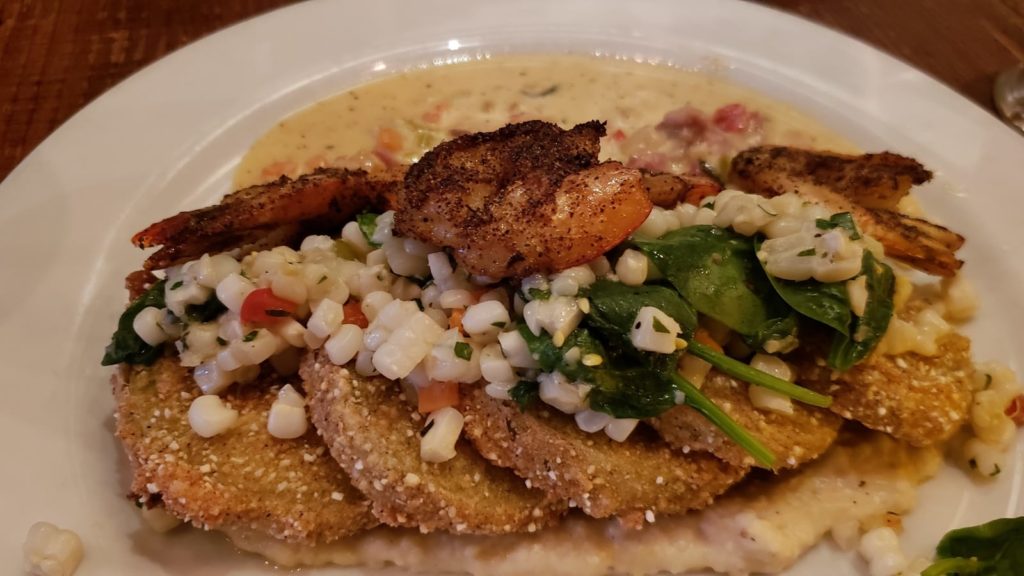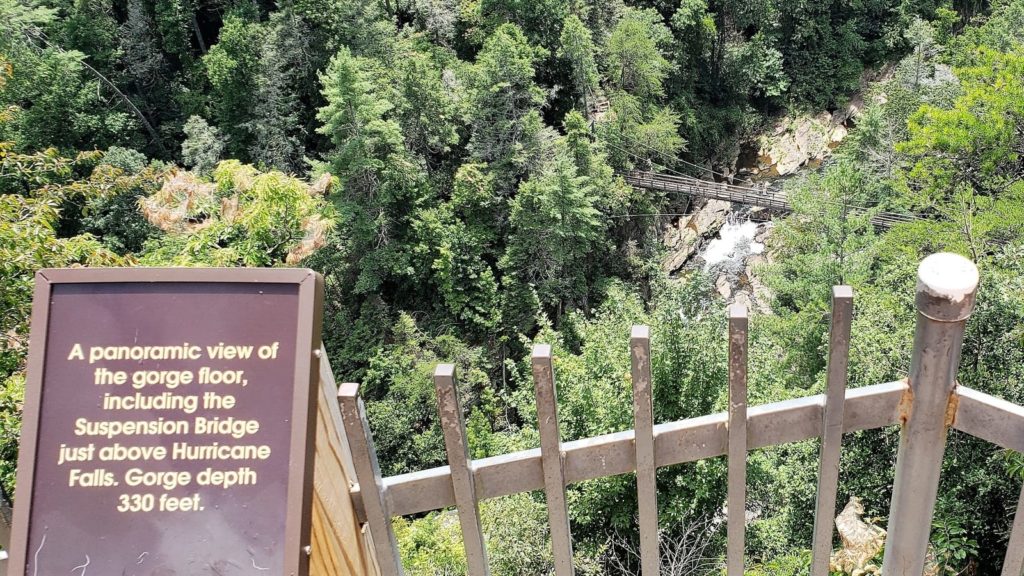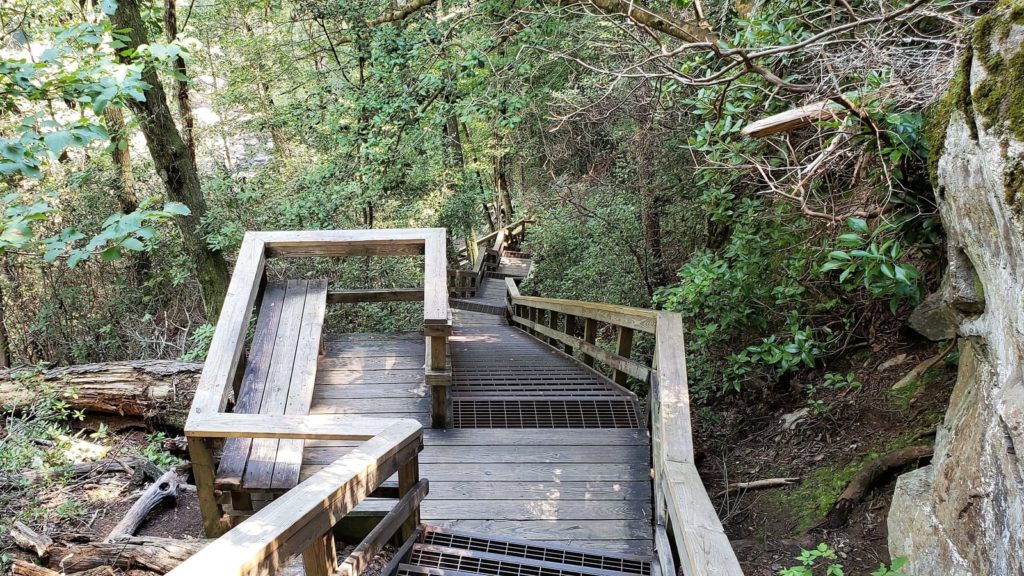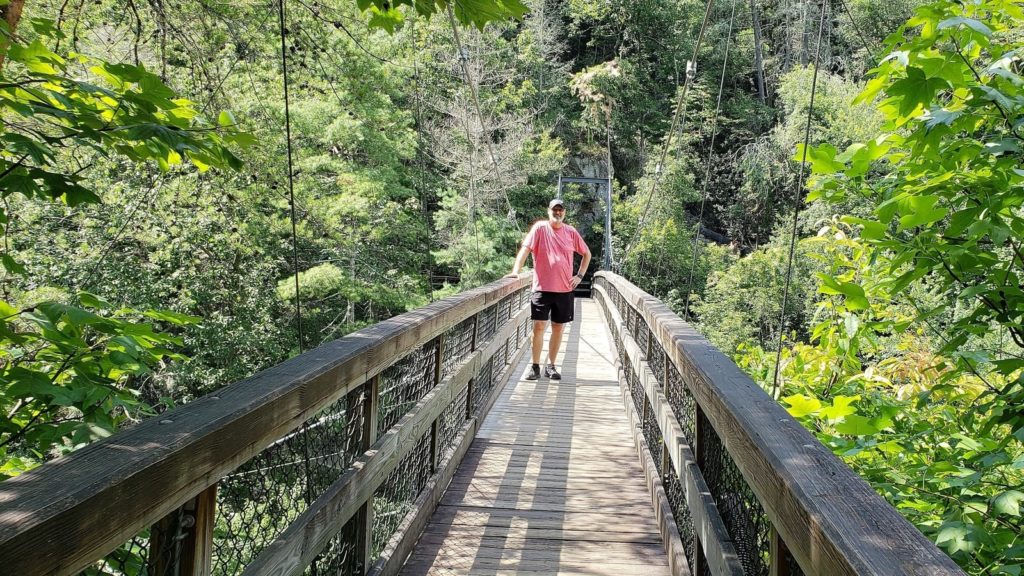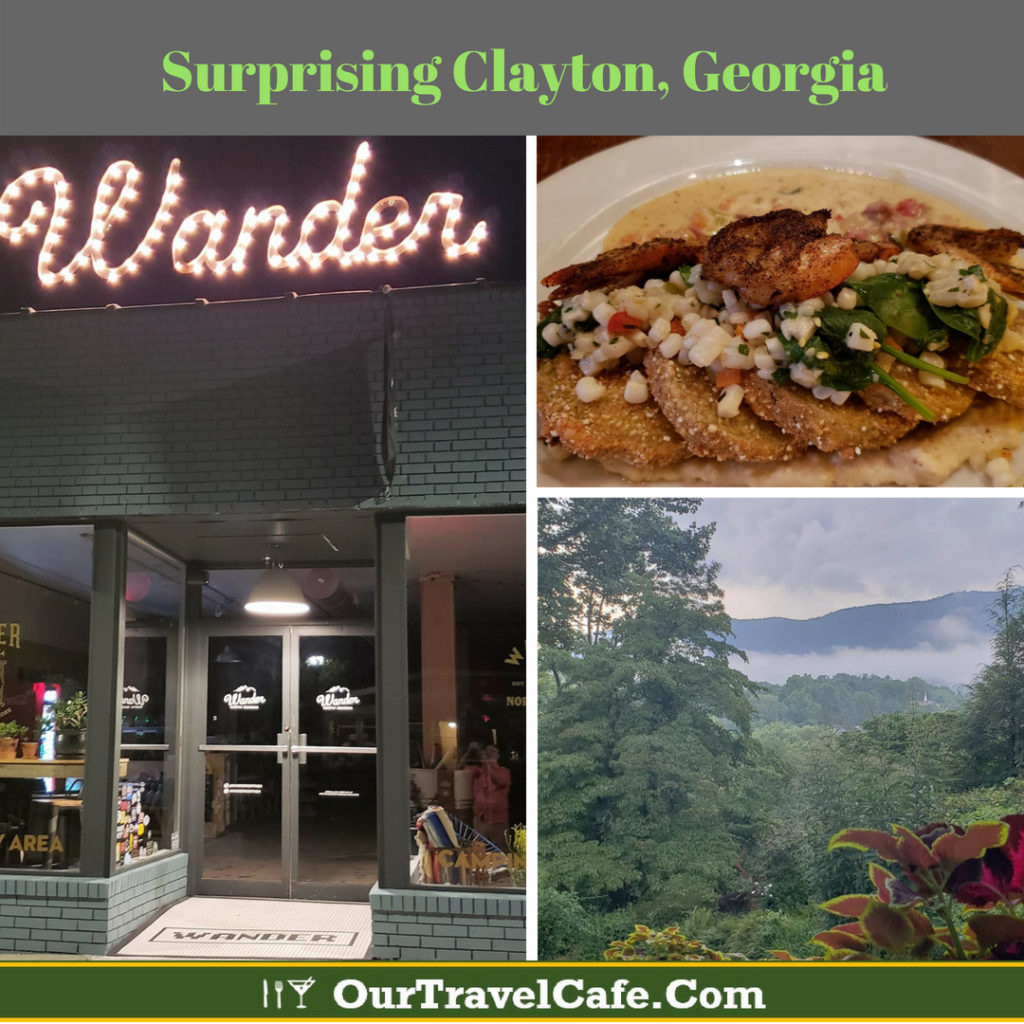Any doctor or fitness coach will tell you that regular exercise is essential to long term health, and that some exercise is better than none. At home, my weekly goal is 300 minutes of active exercise time, which I track on my trusty Garmin VivoActive HR watch. That usually requires some combination of trips to the gym, hiking in the surrounding hills, long bike rides on a nearby trail and brisk walking.
But following an exercise routine while traveling can be a major challenge. If you’re anything like me, you can use virtually any excuse to remain in a comfy hotel bed and skip a workout while traveling:
- My schedule’s too busy.
- I forgot my exercise clothes.
- The hotel gym doesn’t have the right equipment.
Well, you get the idea. I can be a chronic excuse-maker on the road. And while some days I still do force myself into a less-than-perfect gym to get in some elliptical, treadmill or exercise bike time, I’ve found that brisk, high-speed walks in local parks, on trails or city sidewalks are a great way to get exercise and discover the places I travel. I’ve used this approach around the corner and around the world to maintain an exercise routine and find hidden treasures that often make up some of my favorite travel memories and photos.
Safety First!
Before I go on, a few words of caution. If you’re not familiar with an area, always check with local experts about safety and security in the surrounding area. While there is no such thing as a “perfectly safe” area, a quick question at a hotel desk or a (non-emergency!) call to the local police can help keep you out of high-risk areas and unnecessary problems. It’s a good idea to alert someone about your plans, especially if you’re traveling alone. Do carry your cell phone in case of any potential trouble, as you can use it to call for help or it can be used to locate you in case you encounter some difficulty. In parks or on trails, stick to the marked and traveled paths, be aware of your surroundings and situation, and trust your safety instincts if you sense any discomfort or danger. By doing so, you can often avoid trouble simply by turning around, altering your route, or staying closer to other people.
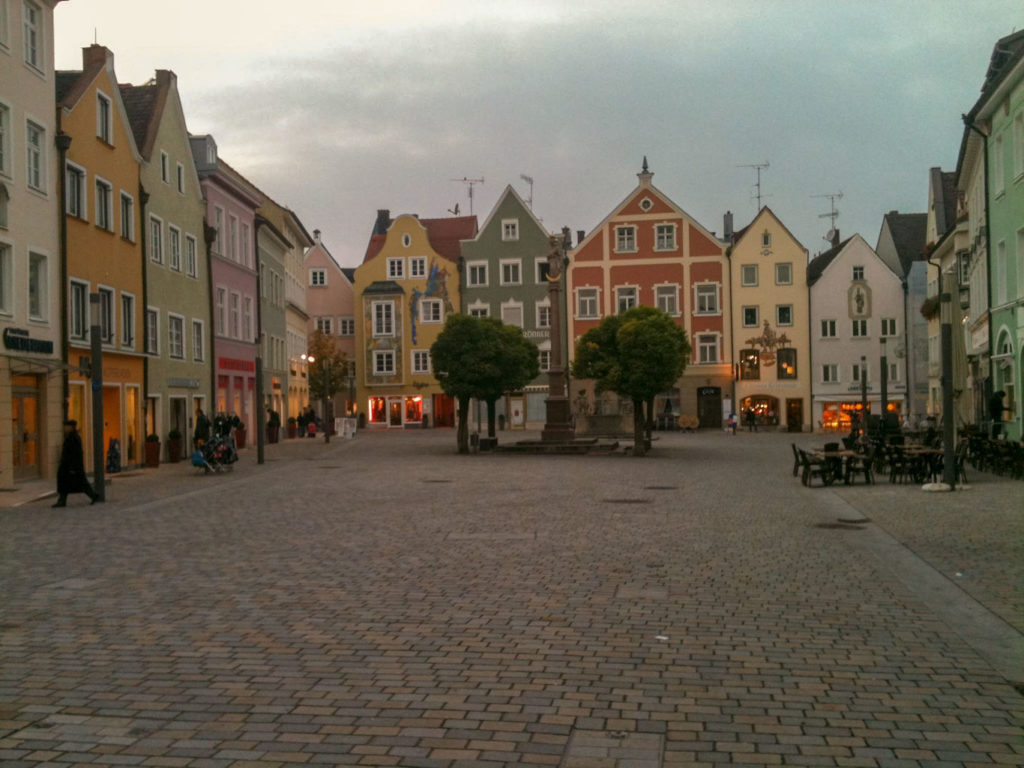
City Strolls
I love watching a major city shake off its overnight slumber and feeling the energy level pick up around me. From Chicago to Singapore, Las Vegas to London, Dubai to Denver and Tokyo to Toronto, there’s nothing like feeling your own heart rate accelerate from a brisk walk while joggers run by, traffic starts to quicken, and the aroma of coffee and baked goods wafts out onto the street from diners and restaurants.
A good early-morning city walk requires some advanced planning. Most city hotels will provide route maps or tips for joggers that work equally well for walking. If those aren’t available, I often rely on local tourist resources like walking tour maps and shopping area shuttle routes as potential pathways. And where possible, I try to identify a well-known walk-up coffee shop or diner where I can end my walk and enjoy breakfast.
For example, in Chicago, early morning is a great time to walk the full length of the Magnificent Mile. The sidewalks are empty, and traffic is light, so it’s easy to maintain a good pace. Another favorite is to follow the route of the free trolley that connects the Magnificent Mile and Navy Pier, allowing for an uncrowded stroll along the pier and a great view of the city’s famous skyline. Or, Chicago’s extended River Walk and the Lakeshore Trail are great options, too. On any of these, I can route my journey to end at West Egg or Eggy’s Diner, two of my favorite downtown breakfast spots.
In Las Vegas, I’m often awake early because of my Eastern Time zone orientation, so I’ll head out onto The Strip at sunrise to enjoy the coolest weather of the day, all the marquees and lights that make the city famous, plus some spectacular natural colors as the sun peaks out from behind the mountain to the east.

In Singapore, my hotel provided a walking map that guided me out to the Singapore River Walk for some early and uncrowded speed walking plus great riverfront views of the Merlion and the Marina Sands resort. Similarly, in Dubai, waking early after my 18-hour journey, the friendly hotel staff provided a hand-drawn route that guided me through a local neighborhood and into a produce market, and recommended I wait to depart at the end of the dawn prayer call to respect the sacred ritual. If you prefer not to rely on the recommendations of an individual, you can always look up potential routes in advance, like these others in Dubai.
Small Town Walks
During my career in the restaurant equipment business, many of our factories and operating locations were in smaller towns where entrepreneurial founders established local businesses later acquired by our global company. Visiting often meant staying in local motel and inns, the most memorable of which were in small English, Swiss, German and Italian towns. Since we were in the restaurant business, our hosts always made it a point to arrange exquisite dinners by renowned chefs who used our various kitchen equipment. A few nights of that kind of entertainment made exercise a real necessity, but few of the inns offered gyms. Thus, morning walks were necessary to shake off the effects of the prior night and minimize the inevitable weight gain of these long trips.
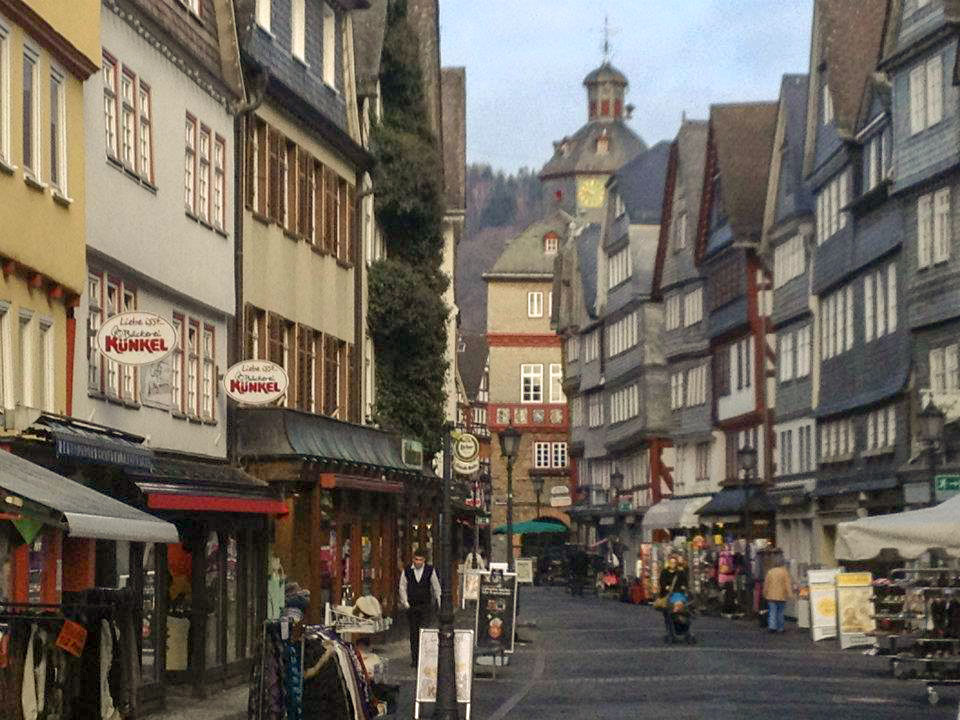
One of my traveling colleagues was an avid runner with the same morning schedule as me, so we often met in the lobby to compare route notes before departure. We planned 30 to 45-minute outings, then ventured on our separate routes to meet later for breakfast and coffee. Herborn, Murnau and Eglfing, Germany, were among our favorite explorations.
Natural Treasures
In the US when traveling by car and away from major cities, we often enjoy an easy escape from the hotel directly to local trails, small parks or more well-known areas for our morning walks. Driving to Ft. Lauderdale recently for a Caribbean cruise, we consulted Google Maps from our hotel room, then hopped in the car early on cruise departure day for an hour-long exploration of Turkey Creek Sanctuary. We visited on a Sunday morning, when the sun was burning off the early fog. The boardwalk made walking easy, and the many labeled points helped us see some natural attractions we likely would have missed. Our highlight was the walk along the creek, gazing at the natural beauty and looking for wildlife. While other visitors reported seeing a manatee, we saw squirrels, herons and raccoons. We followed the sandy trails through the palmetto bushes and oak forest, and the boardwalk trails over a native swamp and alongside the creek. The morning calls of native birds musically accompanied our fast-paced footsteps, turning to a regular drumbeat on the plank boardwalk. Before we left, we had trekked nearly 3 miles and enjoyed some of the Old Florida natural beauty that is becoming increasingly rare.
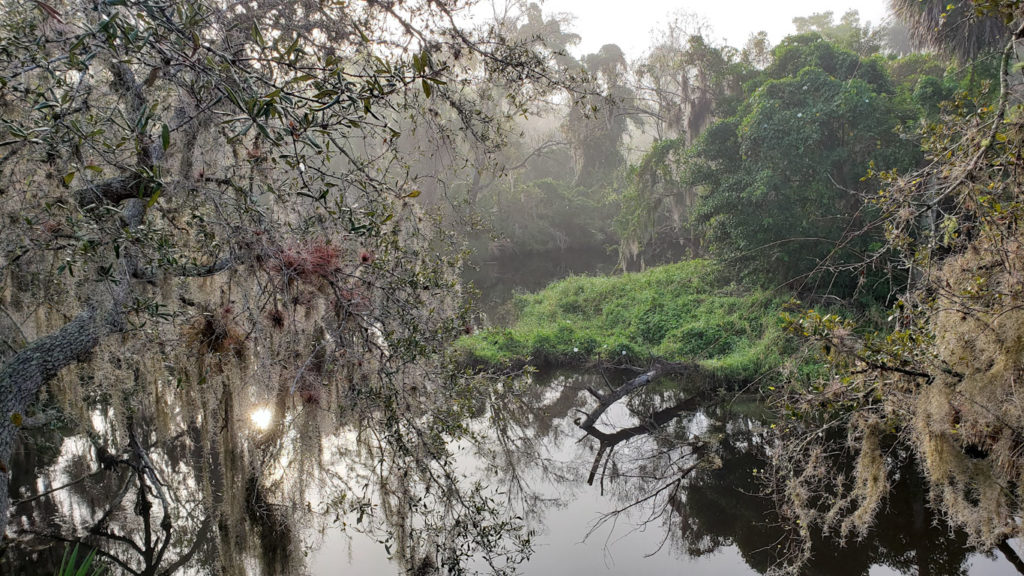
Last summer in Bend, OR, we left the car in the hotel parking lot and walked along the Deschutes River Trail between the Old Mill District and the Bend Whitewater Park. Later in the day, the trail and the river would become crowded with other tourists and a smattering of locals watching the paddlers and tubers ride the current to a nearby take-out point. But shortly after dawn, we pulled on our light jackets for a brisk walk in the fresh, cool morning air, enjoying cloudless blue skies, wonderful views of the nearby mountain ranges, and the occasional sound of paddles slapping the river surface as rowers glided by.
Later, on the same trip, we spent the night beachside at the Inn at Cape Kiwanda in Pacific City. Waking early, we walked to the beach, then removed our shoes for a two-plus mile ocean front walk at the water’s edge of the the cool Pacific waves, just south of the Cape Kiwanda State Natural Area.
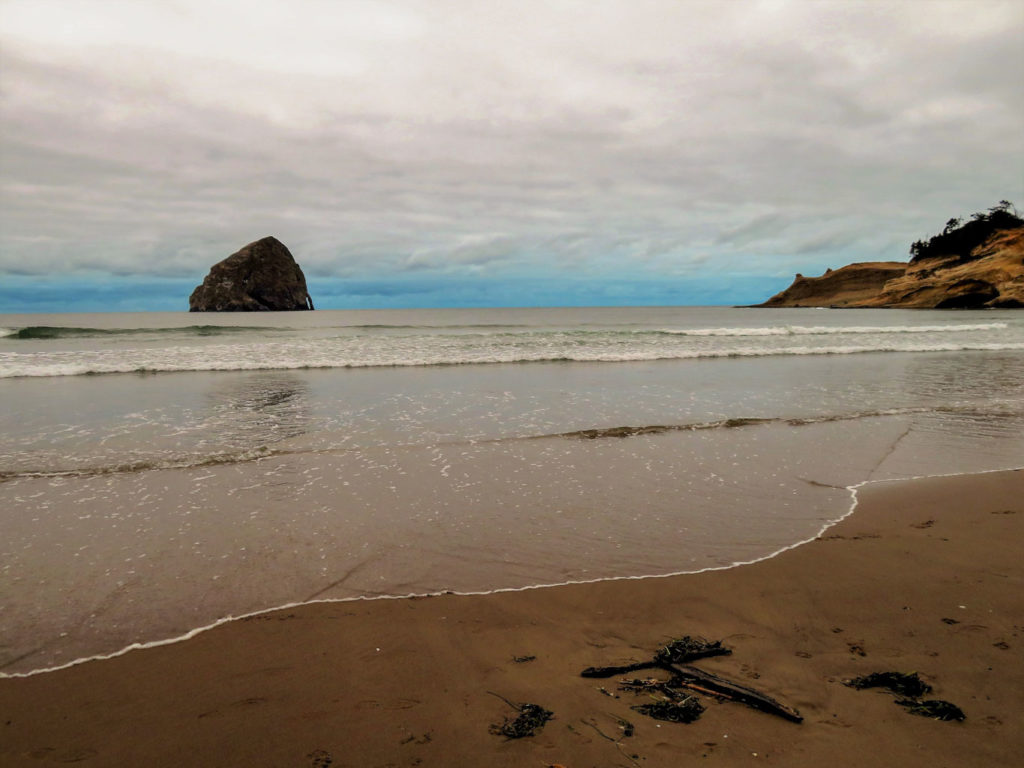
Objects in Motion
Many of these travel walks were fast-stepping jaunts, where I tried to maintain a 15-minute-mile pace for the entire walk – excluding the inevitable stops for touristy gawking and photographs. That was especially true when I was a frequent and familiar visitor to a location. But many of them were more leisurely strolls, which was still better than no exercise or movement at all during my travels. I’m a firm supporter of Sir Issac Newton’s first law of motion: an object at rest stays at rest and an object in motion stays in motion. And that’s not just a suggestion or a good idea – it’s a LAW of physics!
Thus, whenever practical, whether at home or traveling, I plan to stay in motion – moving forward with the same speed for as long as possible.
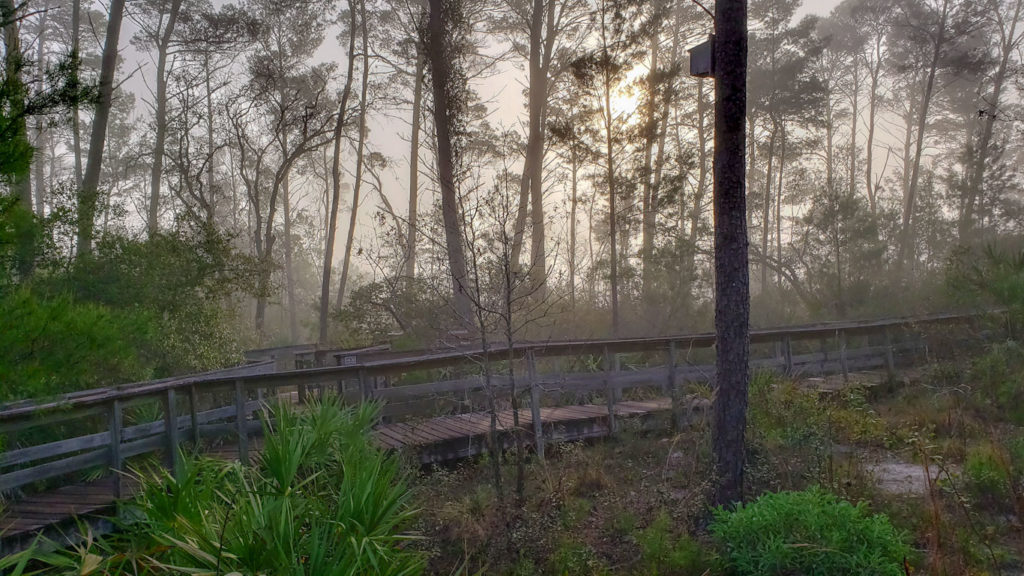
More Hiking and Walking
If you enjoyed this post, you might also enjoy these about other hiking and walking adventures:
Walks in the Woods at Red Top Mountain, GA
Short Hikes to Tall Georgia Waterfalls
